ketogenic diet steps
A ketogenic diet for beginners
questions??
What is keto? | Foods to eat | Foods to avoid | Meal plans | Printable leaflet | Weight loss | Health benefits | Ketosis | Supplements | Tips & tricks | Side effects | FAQ
A keto or ketogenic diet is a very low-carb diet, which turns the body into a fat-burning machine. It has many proven benefits for weight loss, health and performance, as millions of people have experienced already.
Here you’ll learn how to eat a keto diet based on real foods. You’ll find visual guides, recipes, meal plans and a simple 2-week get started program, all you need to succeed on keto.
1
Here you’ll learn how to eat a keto diet based on real foods. You’ll find visual guides, recipes, meal plans and a simple 2-week get started program, all you need to succeed on keto.
1. Intro: What is the keto diet?
Make it simple to understand a keto diet and do it right, using our video course above.
The entire course with all parts is available here. Alternatively, just keep reading below.
What “keto” means

The “keto” in a ketogenic diet comes from the fact that it allows the body to produce small fuel molecules called “ketones”.
2
This is an alternative fuel source for the body, used when blood sugar (glucose) is in short supply.
Ketones are produced if you eat very few carbs (that are quickly broken down into blood sugar) and only moderate amounts of protein (excess protein can also be converted to blood sugar).
The liver produces ketones from fat. These ketones then serve as a fuel source throughout the body, especially for the brain.
The brain is a hungry organ that consumes lots of energy every day, and it can’t run on fat directly. It can only run on glucose… or ketones.
3
4
On a ketogenic diet, your entire body switches its fuel supply to run mostly on fat, burning fat 24-7. Insulin levels become very low, and fat burning increases dramatically. It becomes easy to access your fat stores to burn them off.
5
This is great if you’re trying to lose weight, but there are also other less obvious benefits, such as less hunger and a steady supply of energy. This may help keep you alert and focused.
6
When the body produces ketones, it enters a metabolic state called ketosis. The fastest way to get there is by fasting – not eating anything – but nobody can fast forever.
A keto diet, on the other hand, can be eaten indefinitely and also results in ketosis. It has many of the benefits of fasting – including weight loss – without having to fast.
Who should NOT do a ketogenic diet?
There are many myths and misunderstandings about a keto diet, but for most people it appears to be very safe.
7
There are, however, three groups that often require special consideration:- Do you take medication for diabetes, e.g. insulin? More
- Do you take medication for high blood pressure? More
- Do you breastfeed? More
Are you a doctor or do you need your doctor to help you with medications on a keto diet? Have a look at our low carb for doctors guide.
Disclaimer: While the ketogenic diet has many proven benefits, it’s still controversial. The main potential danger regards medications, e.g. for diabetes, where doses may need to be adapted (see above). Discuss any changes in medication and relevant lifestyle changes with your doctor. Full disclaimer
This guide is written for adults with health issues, including obesity, that could benefit from a ketogenic diet.
Controversial topics related to a keto diet, and our take on them, include saturated fats, cholesterol, whole grains, red meat and restricting calories for weight loss.
2. What to eat on a keto diet
Here are typical foods to enjoy on a ketogenic diet. The numbers are net carbs per 100 grams.
8
To remain in ketosis, lower is generally better:
The most important thing for reaching ketosis is to avoid eating too many carbs. You’ll probably need to keep carb intake under 50 grams per day of net carbs, ideally below 20 grams. The fewer carbs, the more effective it appears to be for reaching ketosis, losing weight or reversing type 2 diabetes.
9
Counting carbs can be helpful at first. But if you stick to our recommended foods and recipesyou can stay keto even without counting.
Try to avoid
Here’s what you should avoid on a keto diet – carb foods containing a lot of sugar and starch. This includes starchy foods like bread, pasta, rice and potatoes. These foods are very high-carbs.
The numbers are grams of net carbs per 100 grams, unless otherwise noted.
10
This means that on a keto diet you’ll basically need to avoid sugary foods completely, as well as starchy foods like bread, pasta, rice and potatoes. Also avoid processed foods, and instead follow our keto diet advice.
Furthermore, the food should primarily be high in fat, and only moderately high in protein, as excess protein can be converted to blood sugar in the body. Avoid low-fat diet products. A rough guideline is about 5% energy from carbohydrates (the fewer carbs, the more effective), 15-25% from protein, and around 75% from fat.
11
What to drink
So what do you drink on a ketogenic diet? Water is the perfect drink, and coffee or tea are fine too. Ideally, use no sweeteners, especially not sugar.
12
A small amount of milk or cream in your coffee or tea is OK (but beware of caffe latte!). The occasional glass of wine is fine too.
For more, have a look at our full guides to keto drinks and keto alcohol.
Visual keto diet guides
For more on specific topics – like what fruits or nuts to eat on a ketogenic diet – check out our popular visual guides:
Diet meal plans
Here are two weeks worth of recipes for breakfast, lunch and dinner on a ketogenic diet:
Get 80+ prepared weekly keto meal plans, complete with all recipes, shopping lists and more, with our premium meal planner tool (free trial). Our prepared meal plans include quick & easy, budget and family-friendly weeks, etc.
Our meal planner includes the ability to change meals to any of our hundreds or recipes, skip meals, or even construct your own keto meal plans from scratch, using our recipes, and share them.
How low carb is a keto diet?
The fewer carbs you eat, the more effective it seems to be for weight loss, appetite suppression and type 2 diabetes reversal, etc.
13
A keto diet is a very strict low-carb diet, containing less than 20 grams of net carbs per day, and thus it tends to be highly effective.
Here are three possible examples of how low-carb meals can look, based on how many carbs you aim to eat in a day. Note that only the left plate is reliably ketogenic:
We recommend starting out by following the dietary advice as strictly as you can. When you’re happy with your weight and health, you could carefully try eating a few more carbs (if you want to). Learn more
Get started
For everything you need to get started – eating plans, shopping lists, daily tips and troubleshooting – just sign up for our free 2-week keto diet challenge.
Leaflet
Here’s our leaflet with basic keto advice. Feel free to print it out, put it on your fridge, or give it to your curious friends:
Keto diet advice in 40 languages
We have keto diet advice available in 40 languages, including our entire Diet Doctor site in Spanish and Swedish.
3. Why to eat a keto diet – the health benefits
The benefits of a ketogenic diet are similar to those of other low-carb diets, but it appears to be more powerful than liberal low-carb diets.
14
Think of keto as a super-charged low-carb diet, maximizing the benefits. However, it can also be harder to do, and it may increase the risk of side effects a bit.
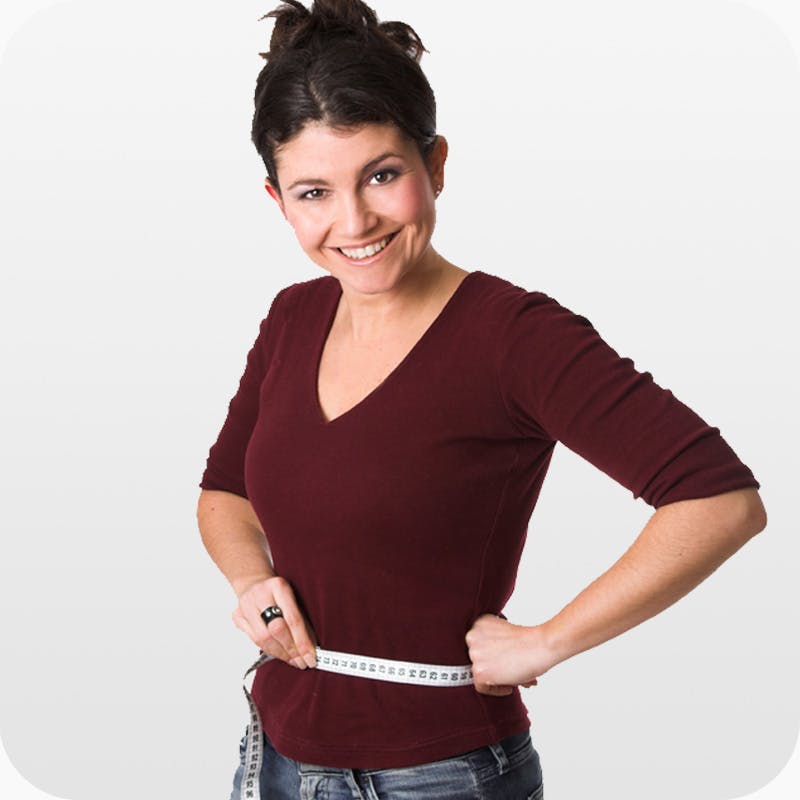 Lose weight
Lose weight
Turning your body into a fat-burning machine can be beneficial for weight loss. Fat burning is significantly increased, while insulin – the fat-storing hormone – levels drop greatly.
15
This appears to make it far easier for body fat loss to occur, without hunger.
16
More than 30 high-quality scientific studies show that, compared to other diets, low-carb and keto diets result in more effective weight loss.
17
- How to lose weight – the full guide
- Top 10 weight-loss tips for women 40+
- 250+ keto diet success stories
 Appetite control
Appetite control
On a keto diet you’re likely to gain a new control over your appetite. When your body burns fat 24-7, it has constant access to weeks or months of stored energy, significantly reducing feelings of hunger. It’s a very common experience, and studies prove it.
18
This makes it easy to eat less and lose excess weight – just don’t eat until you’re hungry.
19
This makes intermittent fasting easier, something that can super-charge efforts to reverse type 2 diabetes and speed up weight loss, beyond the effect of keto only.
20
Plus, you’ll save tons of time and money by not having to snack all the time. Many people only feel the need to eat twice a day on a keto diet (often skipping breakfast), and some just once a day.
21
Not having to fight feelings of hunger could also potentially help with problems like sugar or food addiction, and possibly some eating disorders, like bulimia, as well.
22
At least feeling satisfied can be part of the solution. Food can stop being an enemy and become your friend – or simply fuel, whatever you prefer.
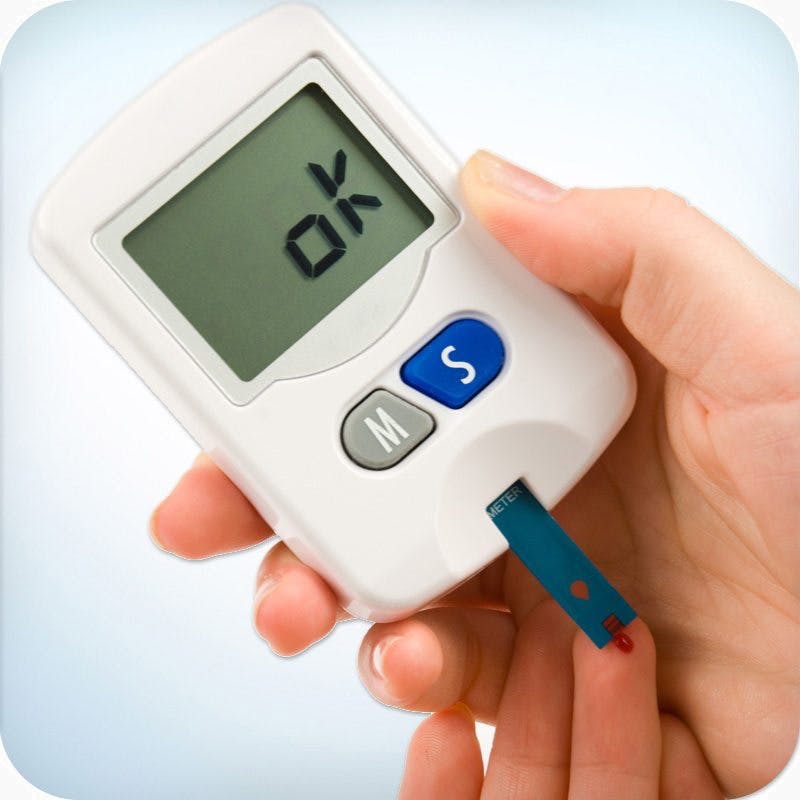 Control blood sugar and reverse type 2 diabetes
Control blood sugar and reverse type 2 diabetes
A ketogenic diet helps control blood sugar levels. It is excellent for managing type 2 diabetes, sometimes even leading to complete reversal of the disease. This has been proven in studies.
23
It makes perfect sense since keto lowers blood-sugar levels, reduces the need of medications and reduces the potentially negative impact of high insulin levels.
24
As a keto diet may even reverse existing type 2 diabetes, it’s likely to be effective at preventing it, or reversing pre-diabetes.
25
 Improved health markers
Improved health markers
There are many studies showing that low-carb diets improve several important risk factors for heart disease, including the cholesterol profile(HDL, triglycerides), while total cholesterol and LDL levels are usually impacted fairly modestly.
26
27
These commonly improved markers are connected to something called “metabolic syndrome”, and improvements in weight, waist circumference, diabetes type 2 reversal etc.
28
29
 Energy and mental performance
Energy and mental performance
Ketosis results in a steady flow of fuel (ketones) to the brain, and you avoid big blood sugar swings.
30
This sometimes results in the experience of improved focus and concentration. It’s not uncommon for people to report an improvement in earlier brain fog, with an improved mental clarity.
31
Some people use ketogenic diets specifically for increased mental performance. Also, it’s common for people to experience an increase in energy when in ketosis.
32
On keto, the brain doesn’t need dietary carbs. It’s fueled 24-7 by ketones, an effective brain fuel.
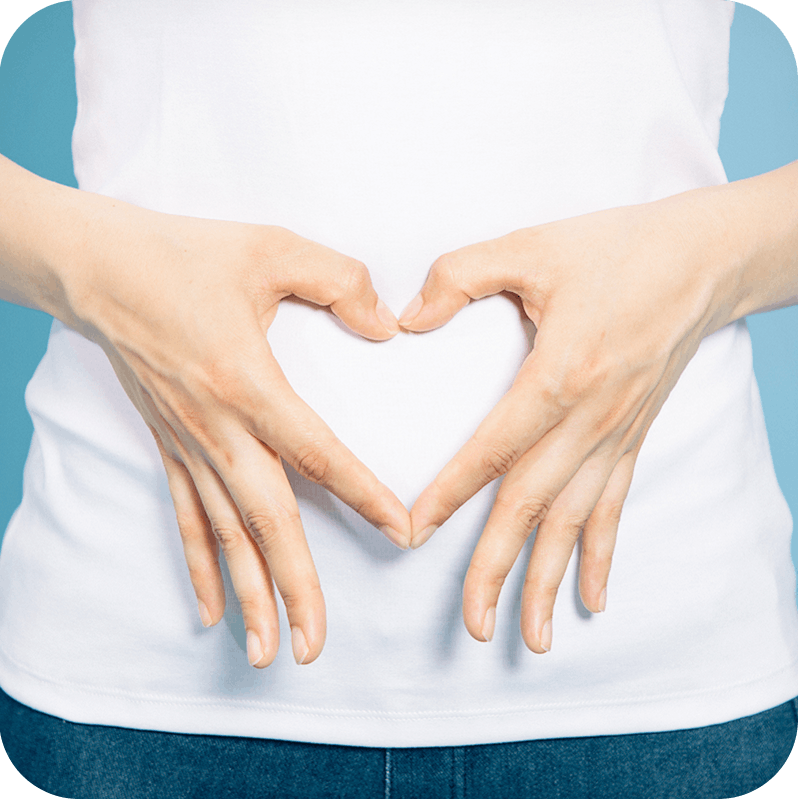 A calmer stomach
A calmer stomach
A keto diet can result in a calmer stomach, less gas, less cramps and pains, often resulting in improvements in IBS symptoms.
33
For some people this is the top benefit, and it often only takes a day or two to experience it.
34
Learn more
 Increased physical endurance
Increased physical endurance
Ketogenic diets can in theory increase your physical endurance by improving your access to the vast amounts of energy in your fat stores.
35
The body’s supply of stored carbohydrates (glycogen) only lasts for a couple of hours of intense exercise, or less. But your fat stores carry enough energy to potentially last for weeks.
36
Beyond this effect, another potential benefit is the reduction in body fat percentage that can be achieved on a keto diet (see weight loss, above). This reduction in body fat weight is potentially valuable in a number of competitive sports, including endurance sports.
37
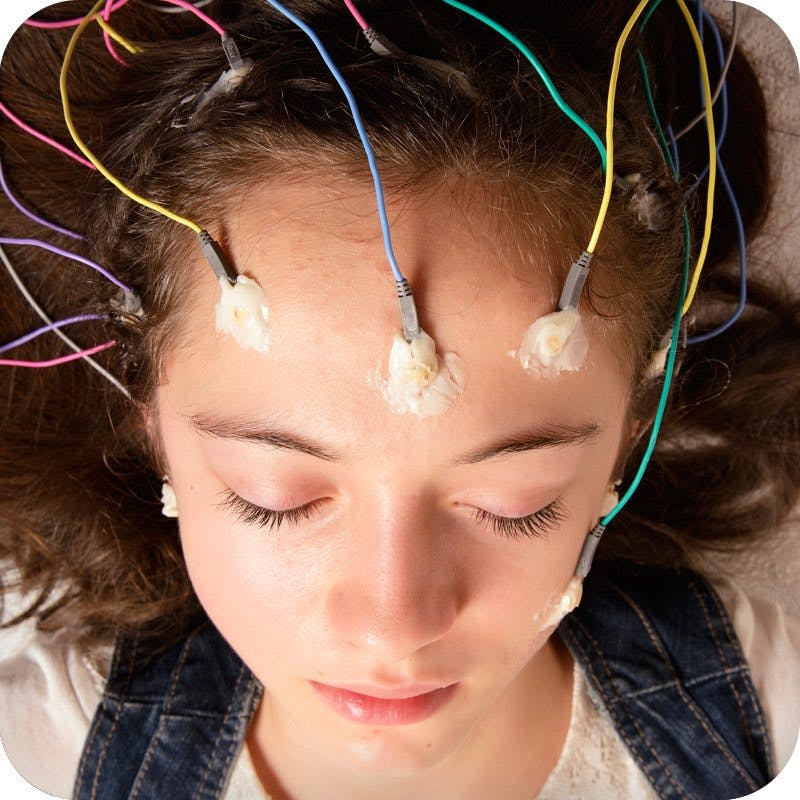 Epilepsy
Epilepsy
The ketogenic diet is a proven and often effective medical therapy for epilepsy that has been used since the 1920s. Traditionally it was used primarily for children, but in recent years adults have benefited from it as well.
38
Using a ketogenic diet in epilepsy can allow some people to take less or no anti-epileptic drugs, while potentially still remaining seizure-free. This may reduce drug side effects and thus increase mental performance.
39
More possible benefits
The benefits above are the most common ones. But there are others that are potentially even more surprising and – at least for some people – life changing. Did you know that a keto diet can help treat high blood pressure,
40
may result in less acne,
41
may help control migraine,
42
might help with certain mental health issues and could have a few other potential benefits?
Follow the links below for more knowledge, stories and science:
Other potential benefits
There’s even science-based speculation that a ketogenic diet might increase longevity and potentially help treat or reduce the risk of cancer.
43
It’s also being used as an experimental treatment for some people with Parkinson’s disease.
44
Success stories on a keto diet
We’re always happy to receive stories from people who’ve used a keto diet to revolutionize their health. We’ve been sent thousands of such stories, and we publish some of the most amazing ones – over 250 so far – for anyone to read.
45
Here are a few of them:
Categories
Top success story videos
4. How to get into ketosis on a keto diet
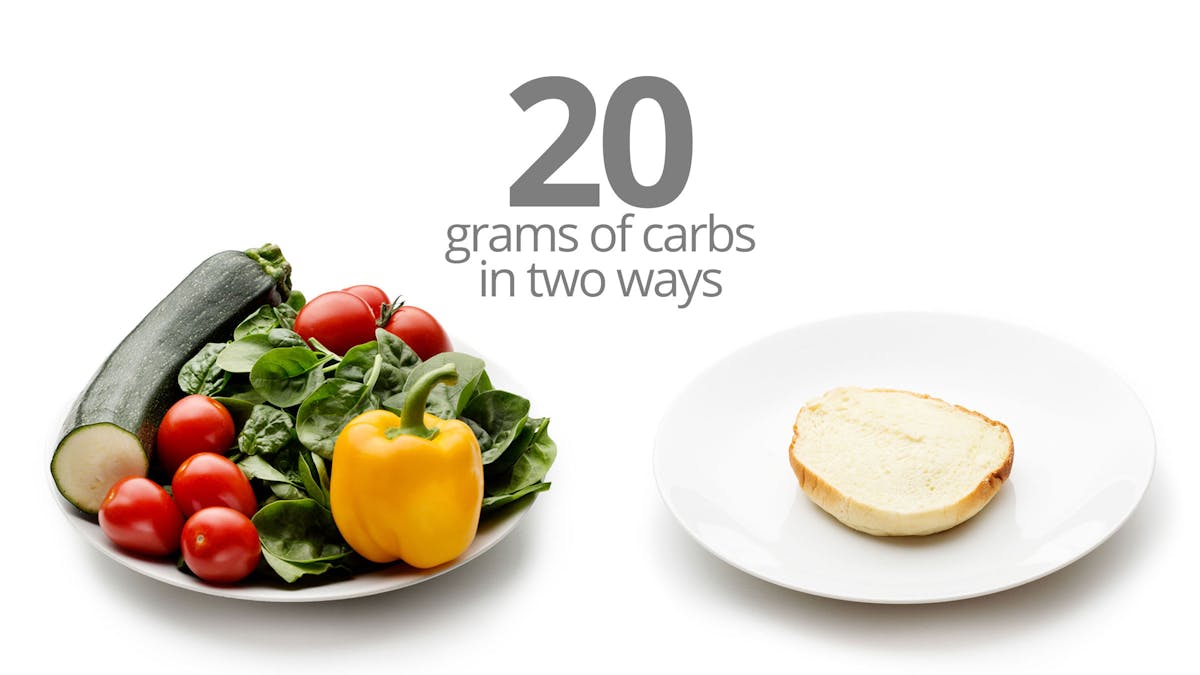 There are many things that increase your level of ketosis. Here they are, from most to least important:
There are many things that increase your level of ketosis. Here they are, from most to least important:- Restrict carbohydrates to 20 digestible grams per day or less – a strict low-carb or keto diet, similar to an Atkins diet. Fiber does not have to be restricted, it might even be beneficial for ketosis.46
How much is 20 grams of carbs? Use our visual guide to find out. Or simply use our keto recipes and meal plans, they are designed to keep you under 20 grams with no counting required.
Note that quite often, just restricting carbs to very low levels results in ketosis. So this may be all you need to do. But the rest of the list below will help make sure that you’re successful. - Restrict protein to moderate levels. On a ketogenic diet you should eat the protein you need, but not much more. This is because excess protein is converted to glucose in the body, reducing ketosis.
If possible, stay at about 1.5 gram of protein per day, per kg of body weight – about 100 grams of protein per day if you weigh 70 kilos (154 pounds).47
A common mistake that stops people from getting into ketosis is too much protein. Our keto recipes are designed with the right amount of protein. If you want more details check out our protein guide. - Eat enough fat to feel satisfied.48This is the big difference between a keto diet and starvation, that also results in ketosis. A keto diet is sustainable, but starvation is not.49
When starving you’re likely to feel tired and hungry and give up, but a ketogenic diet is sustainable and can make you feel great.50So eat enough to feel satisfied, and if you’re hungry all the time, you should probably add more fat to your meals (like more butter, more olive oil, etc.). Our keto recipes have the needed fat included. - Avoid snacking when not hungry. Eating more often than you need, just eating for fun and because there’s food around, reduces ketosis and slows down weight loss.51Though using keto snacks will minimize the damage, and is fine when you’re hungry.
- If necessary, add intermittent fasting. For example, skip breakfast and only eat during 8 hours of the day, fasting for 16 hours (i.e. 16:8 fasting). This is very effective at boosting ketone levels, as well as accelerating weight loss and type 2 diabetes reversal.52It’s also usually easy to do on keto.
- Add exercise – adding any kind of physical activity while on low carb can increase ketone levels moderately.53It can also help speed up weight loss and diabetes type 2 reversal slightly.54Exercise is not necessary to get into ketosis, but it may be helpful.
- Sleep enough – for most people at least seven hours per night on average – and keep stress under control. Sleep deprivation and stress hormones raise blood sugar levels, slowing ketosis and weight loss a bit.55Plus they might make it harder to stick to a keto diet, and resist temptations.56So while handling sleep and stress will not get you into ketosis on it’s own, it’s still worth thinking about.
Bottom line: To get into ketosis, restrict carbs to very low levels, preferably below 20 net carbs per day. That’s a ketogenic diet, and it’s by far the most important thing for ketosis to occur.
Should you need to increase the effect, implement more steps from the list above, starting from the top.
No products required
Note what’s not on the list above: you likely do not need expensive supplements, like exogenous ketones or MCT oil (medium-chain triglycerides). These supplements will likely nothelp you lose weight or reverse disease. At least there’s no evidence for that.
57

Ketone supplements for example, do not lower insulin or blood sugar, and they do not increase fat burning.
58
Thus it’s hard to believe that they would have any direct benefits for weight loss or type 2 diabetes reversal.
59
5. How to know you’re in ketosis
After starting a ketogenic diet, how do you know if you’re in ketosis? It’s possible to measure it by testing urine, blood or breath samples. But there are also telltale symptoms, that require no testing:

- Dry mouth and increased thirst. Unless you drink enough and get enough electrolytes, like salt, you may feel a dry mouth. Try a cup of bouillon or two daily, plus as much water as you need. You may also feel a metallic taste in your mouth.60
- Increased urination. A ketone body, acetoacetate, may end up in the urine. This makes it possible to test for ketosis using urine strips. It also – at least when starting out – can result in having to go to the bathroom more often. This may be the main cause of the increased thirst (above).
- Keto breath. This is due to a ketone body called acetone escaping via our breath.61It can make a person’s breath smell “fruity”, or similar to nail polish remover. This smell can sometimes also be felt from sweat, when working out. It’s often temporary. Learn more
Other, less specific but more positive signs include:
- Reduced hunger. Many people experience a marked reduction in hunger on a keto diet.62This may be caused by an increased ability of the body to be fueled by its fat stores. Many people feel great when they eat just once or twice a day, and may automatically end up doing a form of intermittent fasting. This saves time and money, while also speeding up weight loss.63
- Possibly increased energy. After a few days of feeling tired (the “keto flu“) many people experience a clear increase in energy levels. This can also be experienced as clear thinking, a lack of “brain fog” or even a sense of euphoria.64
Measuring ketosis
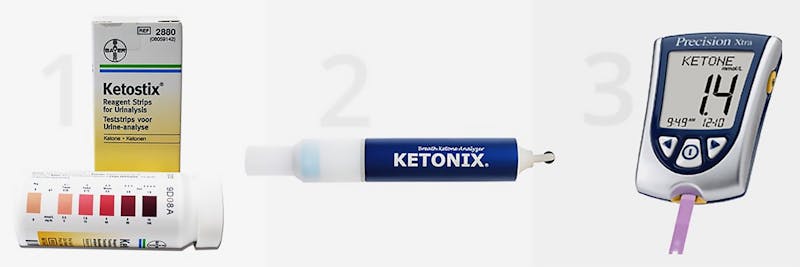
There are three ways to measure for ketones, which all come with pros and cons. Note that we have no affilations with any of the brands mentioned here.
65
1. Urine strips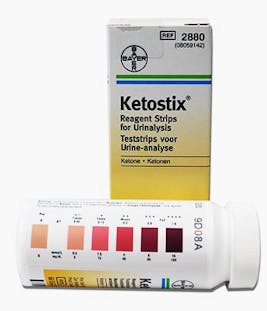
Urine strips are the simplest and cheapest way to measure ketosis. It is the first option for most beginners on a keto diet.
Dip the strip in your urine, and 15 seconds later the color change will show you the presence of ketones.
66
If you get a high reading (a dark purple color), you’ll know that you’re in ketosis.2. Breath-ketone analyzers
67
in your breath. At $169 and up they are more expensive than urine strips. But they are cheaper than blood-ketone meters in the long run, as they are reusable any number of times.
These analyzers do not give you a precise ketone level when used on their own, but provide a color code for the general level.
68
3. Blood-ketone meters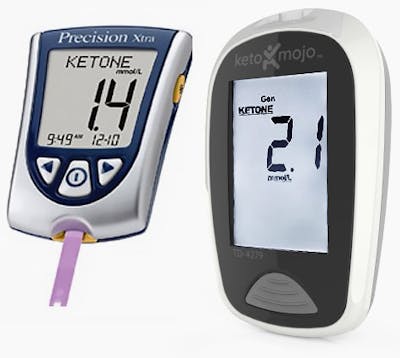
Blood-ketone meters show an exact and current level of ketones in your blood.
69
They are the gold standard and the most exact way to measure your ketosis level on a ketogenic diet. The major disadvantage, however, is that they are quite expensive, formerly at least $2 per test.
70
Now it’s possible to get cheaper tests.How to reach optimal ketosis
Getting into ketosis on a ketogenic diet is not a black or white thing. It’s not like you’re either in ketosis, or out of ketosis. Instead, you can be in different degrees of ketosis, as this chart demonstrates.
71
The numbers below refer to values when testing blood ketone levels.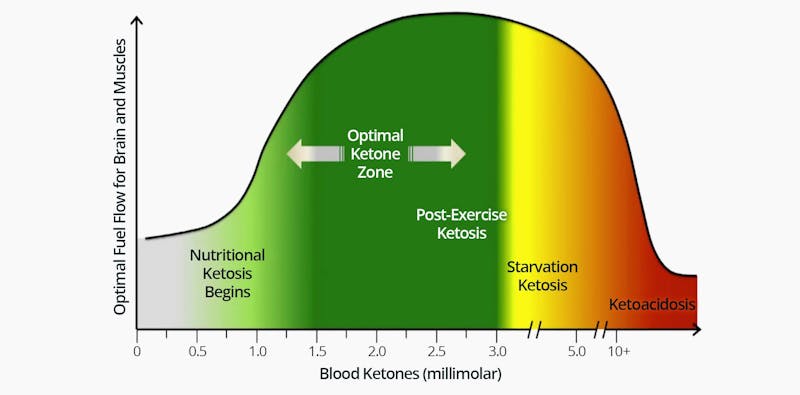
- Below 0.5 mmol/l is not considered “ketosis”, although a value of, say, 0.2 demonstrates that you’re getting close. At this level, you’re still far away from maximum fat-burning.
- Between 0.5 – 1.5 mmol/l is light nutritional ketosis. You’ll likely be getting a good effect on your weight, but perhaps not optimal.72
- Around 1.5 – 3 mmol/l is called optimal ketosis and is sometimes recommended for maximum mental and physical performance gains.73It tends to maximize fat burning, which may increase weight loss.74
- Over 3 mmol/l is higher than necessary. It will probably achieve neither better nor worse results than being at the 1.5–3 level. Higher numbers can also sometimes mean that you’re not getting enough food (“starvation ketosis”). For type 1 diabetics, it can be caused by a severe lack of insulin that requires urgent attention.75
- Over 8–10 mmol/l: It’s normally impossible to get to this level just by eating a keto diet. It means that something is wrong. The most common cause by far is type 1 diabetes, with severe lack of insulin.76Symptoms include feeling very sick with nausea, vomiting, abdominal pain and confusion. The possible end result, ketoacidosis, may be fatal and requires immediate medical care. Learn more
Learn a keto diet from the experts
6. Practical keto diet guides
A keto diet can be really simple, but it helps to learn some basic new skills. How do you prepare easy and enjoyable meals, like keto breakfasts? Have you shunned fat for years and don’t know how to get more in your diet? How do you eat out and still stay keto?
These tips and guides will help you get new skills and answer all the common keto questions.
 Breakfast
Breakfast
How should you start your keto day? If you love bacon and eggs dig in! If you don’t, some great keto breakfasts have no eggs at all.
Have you been told that “breakfast is the most important meal of the day”? That’s likely not true.
77
If you are not hungry when you wake up, feel free to skip breakfast or just have a cup of coffee. Reduced hunger is common on a keto diet, so don’t worry about skipping any meal.
If you are hungry when you wake up but are short on time, many keto breakfasts are tasty, filling and fast. All keto breakfasts
 Meals
Meals
Hmmm, what to eat for lunch or dinner? Daily meal planning can be as simple as meat, fish or chicken mains with a salad, or vegetable side – with melted butter, cheese, or a yummy full-fat sauce. We have hundreds of choices for delicious keto meals
 A keto diet on a budget
A keto diet on a budget
Many people believe that a keto diet is expensive, and it can be. After all, good quality food is often more costly than cheaper and unhealthier options. But there are many ways to make a keto diet cheap, and in this guide you’ll learn all about it
 How to eat more fat
How to eat more fat
For decades we have been told, wrongly, to fear fat.
78
Now we know fat is satiating, healthy and makes food taste great.
Do you need tips and tricks for how to add fat back into your food? What fats to use, butter or coconut oil? And just how much fat do you need each day? Tip: if you are constantly feeling hungry on a keto diet, eat more fat.
 Bread
Bread
Bread is one of the most common things that people may miss on a ketogenic diet. But fear not, there are plenty of good bread options that are very low in carbs, and that can be eaten even on a keto diet. Learn more
 Dining out
Dining out
How do you eat keto at buffets, at a friend’s house or at fast-food restaurants? Avoid the starchy foods (like bread or pasta) and ask for additional natural fat, like butter or olive oil, if you need it. Learn more
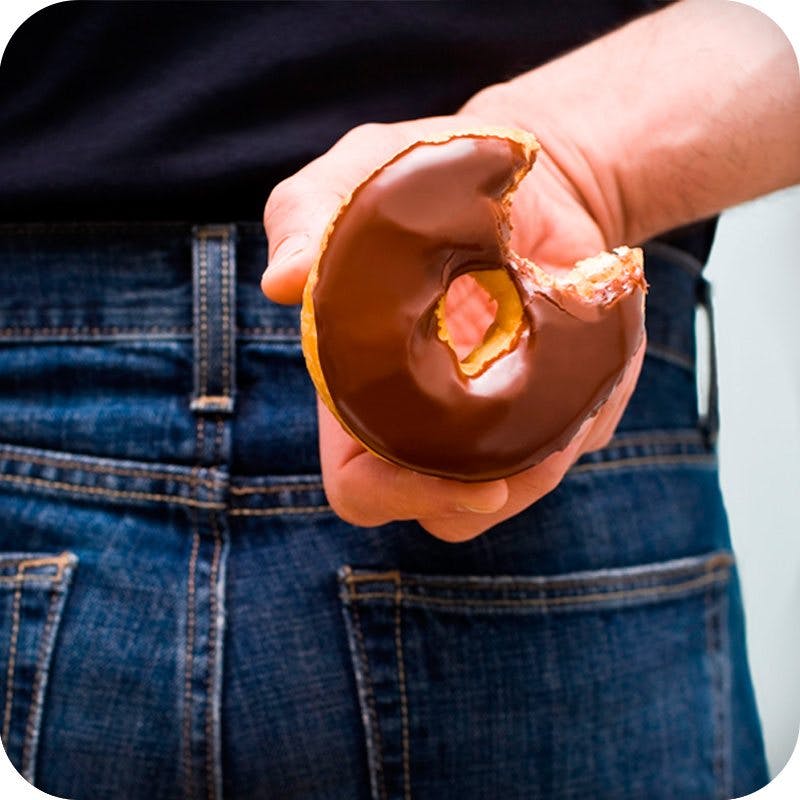 Keto diet cheating
Keto diet cheating
To cheat or not to cheat? This guide will help you decide, and if you do decide to cheat, it will help you do it smarter
 Avoiding special products
Avoiding special products
Another common mistake on a ketogenic diet is being fooled by the creative marketing of special “low-carb” products. Remember: An effective keto diet for weight loss should be based on real food.
Low-carb products like chocolate, candy, pasta and bread often use all kinds of deceptive marketing, while being just junk food – including carbs – in disguise. Learn more
More guides
Do you want more keto diet guides? We have more keto diet guides!
All keto guides7. Potential side effects of a keto diet
When you suddenly switch your body’s metabolism from burning carbs (glucose) to fat and ketones you may have some side effects as your body gets used to its new fuel, especially during day 2-5.
Symptoms can include headache, tiredness, muscle fatigue, cramping and heart palpitations. These side effects are short-lived for most people, and there are ways to minimize or cure them (see below).
Another option to reduce potential side effects is to gradually decrease your consumption of carbs over a few weeks. But with a slower start you’ll likely not see as dramatic results or feel the positive benefits as strongly.
Therefore we recommend you stop sugar and starches all at once. You will likely lose a number of pounds within days. While much of the initial rapid weight loss is water weight (reduced swelling), it’s still a highly motivating and inspiring way to start your keto journey.
Keep reading for more about common side effects and how to handle them.
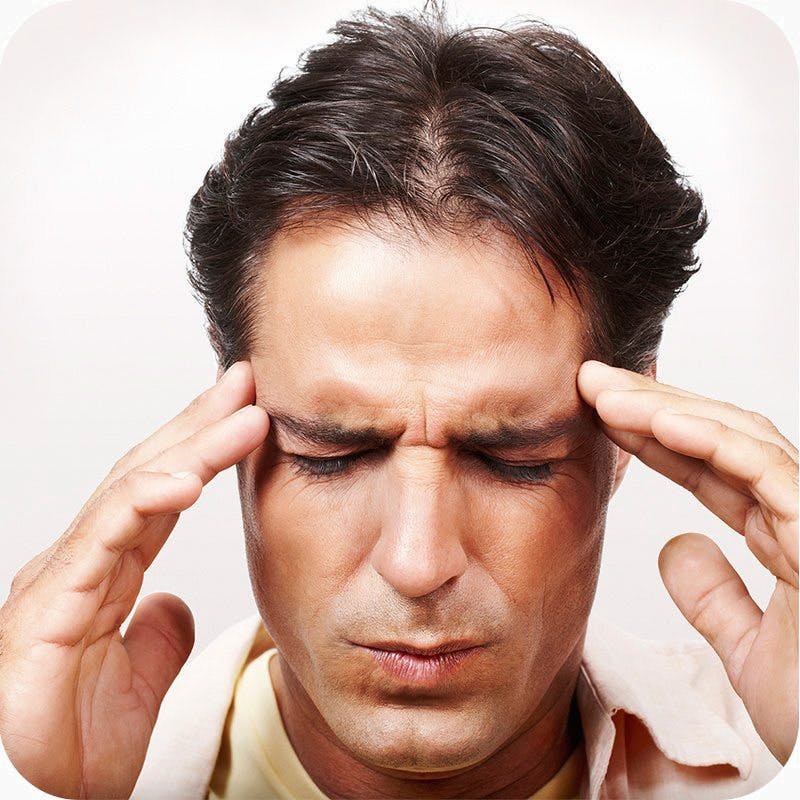 Keto flu
Keto flu
Most people who start a ketogenic diet will experience some symptoms of the “keto flu“. This is what you may feel, more or less, a few days after you’ve started a keto diet:
- Headache
- Fatigue
- Dizziness
- Light nausea
- Difficulty focusing (“brain fog”)
- Lack of motivation
- Irritability
These initial symptoms usually disappear within a week, as your body adapts to increased fat burning.
The main cause of the keto flu is that carb-rich foods can result in water retention (swelling) in the body.
79
When you start a low-carb diet much of this excess fluid is lost. You may notice increased urination, and with that some extra salt is lost too.
This can result in dehydration and a lack of salt, before your body adapts. This appears to be the reason behind most of the symptoms of the keto flu.
You can reduce or even eliminate these symptoms by making sure you get enough water and salt. One simple way to do this is to drink a cup of bouillon or broth, 1-2 times per day.
Other common keto diet side effects
Apart from the keto flu, there are six more relatively common side effects. More water and salt can be helpful with most of them as well. Beyond that, there are more specific treatments for these issues:
Less common keto diet side effects
These side effects only affect a small minority of people on a ketogenic diet, and there are ways to handle them:
Keto diet controversies
Most side effects of a keto diet are minor and temporary. But there are a lot of controversies and some myths, that scare people.
Like the idea that your brain will cease functioning unless you eat lots of carbs. It’s a myth, based on a lack of understanding of the way the body works in ketosis (switching the fuel supply of the brain to ketones). Learn more
Another common misunderstanding is mixing up normal ketosis – resulting from a keto diet – with the dangerous medical emergency ketoacidosis. They are two very different things. Ketoacidosis does not happen just from eating a keto diet.
80
There are several more common keto diet controversies. Will keto kill your kidneys or destroy your bones? Will it stop your thyroid from working? Read all about them on our low-carb and keto controversies page, or choose one below.
Saturated fat | Cholesterol | Brain needs carbs | Environment | Nutrients | Thyroid | Kidneys | Depression | Exercise | Gut bacteria | Osteoporosis | Ketoacidosis
8. Keto diet Q&A, troubleshooting and resources
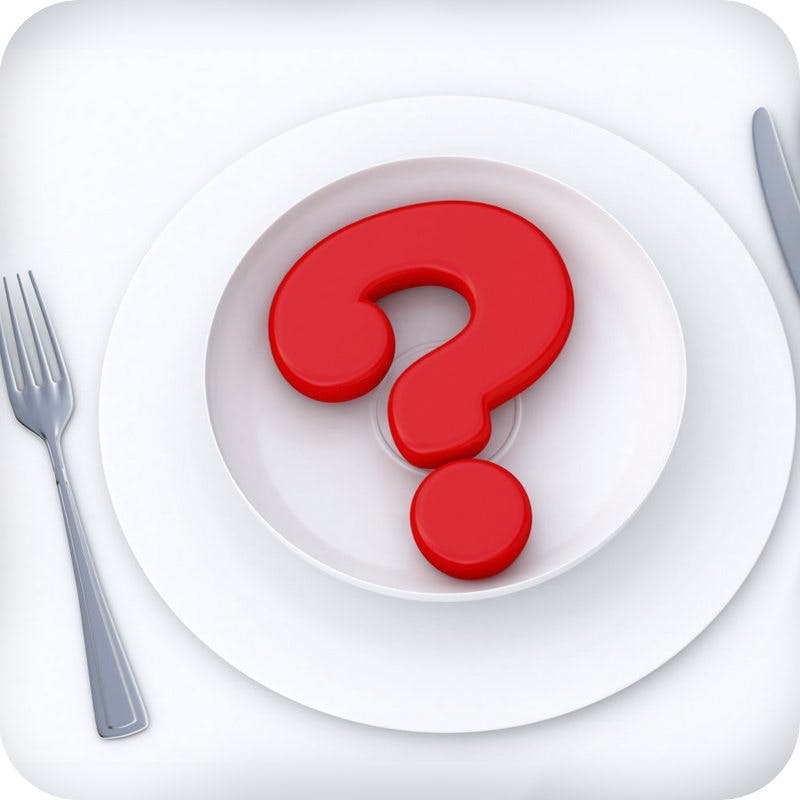 There are many common questions about keto, and we do our best to answer them all. Feel free to check out our full keto diet FAQ, or choose one of the questions below:
There are many common questions about keto, and we do our best to answer them all. Feel free to check out our full keto diet FAQ, or choose one of the questions below:How much weight will I lose on a keto diet?
Results vary widely. Most people lose 2-4 pounds (1-2 kg) during the first week. This is mainly water weight. After this it’s common to lose about 1 pound (0.5 kg) of excess fat weight per week. However, some lose much faster (often younger men), some a bit slower (often women over 40).
You can speed up the process or break a weight loss plateau by following our top tips.
When you approach your normal body weight, the weight loss will slow. As long as you eat when you’re hungry you’ll eventually stabilize your weight even if you stay on a ketogenic diet.
How do I track my carb intake?
If you use our keto recipes and keto meal plans you’ll stay under 20 net grams of carbs per day, with no need to count.
Using our keto foods guidelines and visual guides will make it simple to estimate roughly how many carbs you eat in a day.
If you want to count carbs exactly, the most popular way is with apps like MyFitnessPal or Chronometer.
What happens after I reach my health and weight goals on a keto diet?
Once you reach your goals you can either keep eating keto (to maintain the effect), or you can try adding a bit more carbs. In the latter case the effect of the keto diet will be slightly weaker, and you may or may not regain some weight.
If you completely revert to your old habits, you’ll slowly return to the weight and health situation you had before. It’s like exercising – if you stop doing it, you’ll slowly lose the benefits. As you may expect, a keto diet, like exercise, only works when you do it.



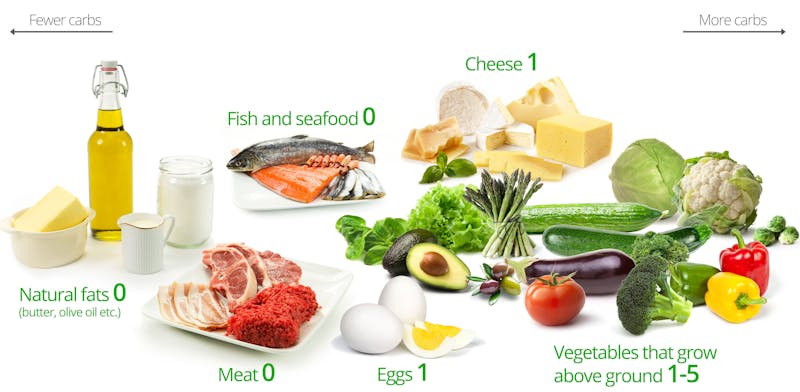
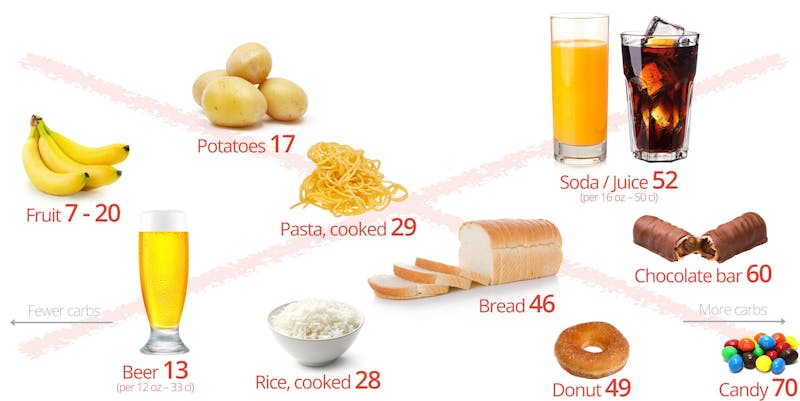

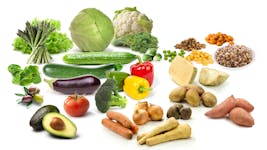 Vegetables
Vegetables  Fruits
Fruits 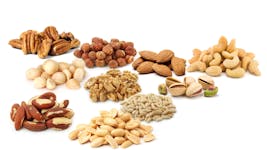 Nuts
Nuts 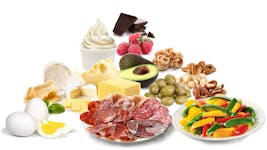 Snacks
Snacks  Alcohol
Alcohol  Fats & sauces
Fats & sauces  Drinks
Drinks 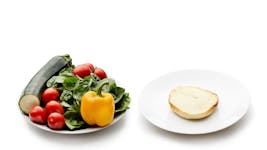 How many carbs?
How many carbs?  Sweeteners
Sweeteners 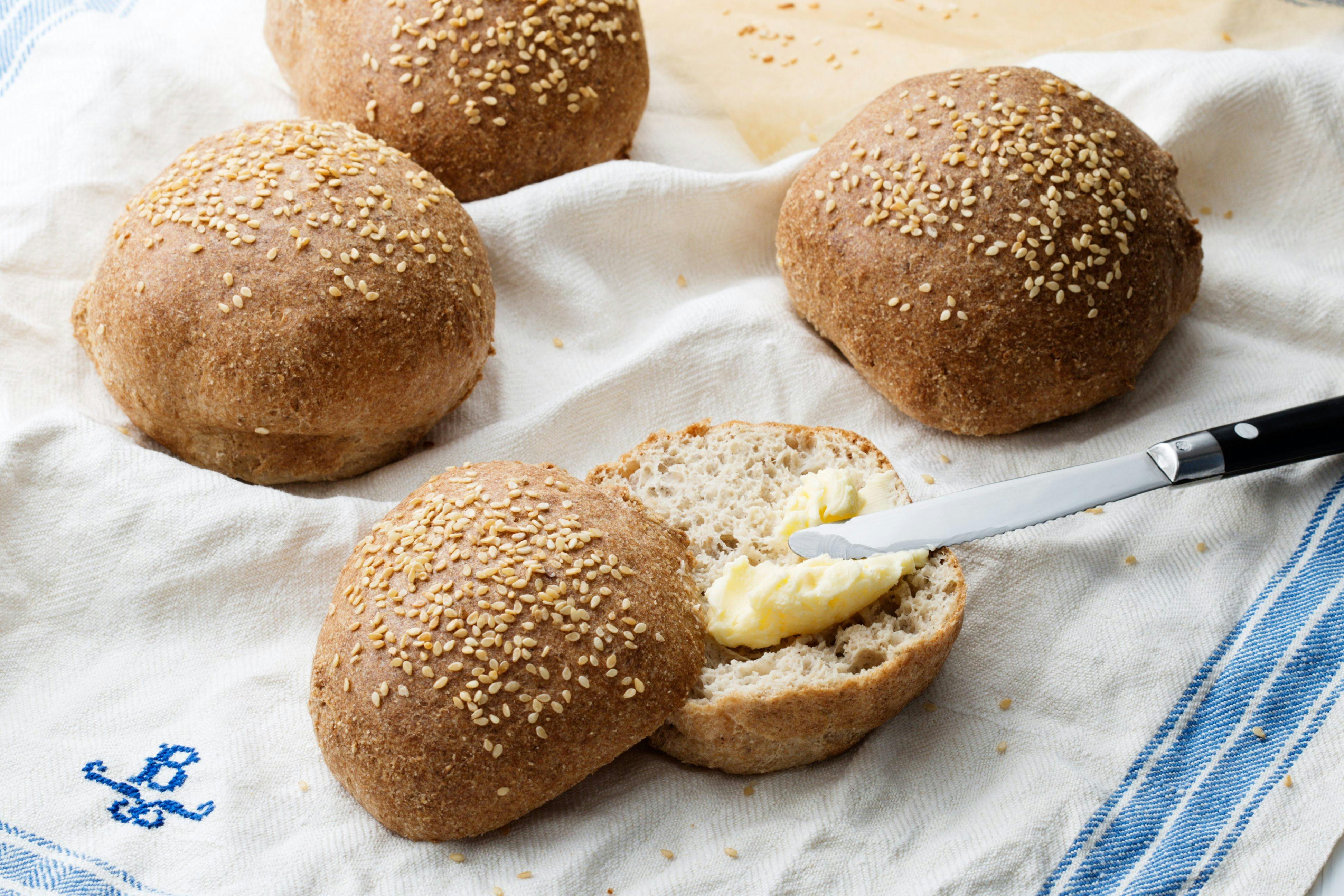

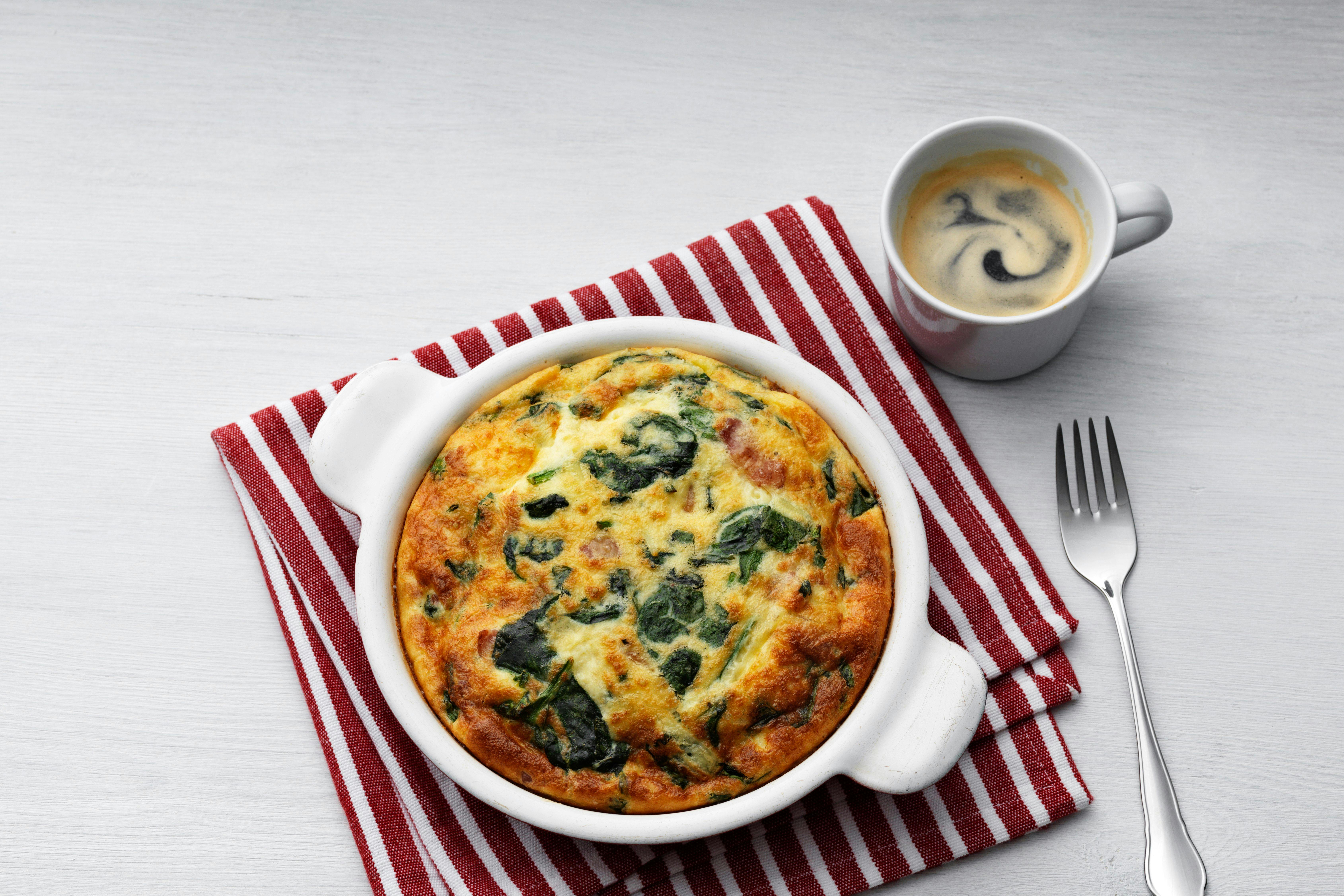
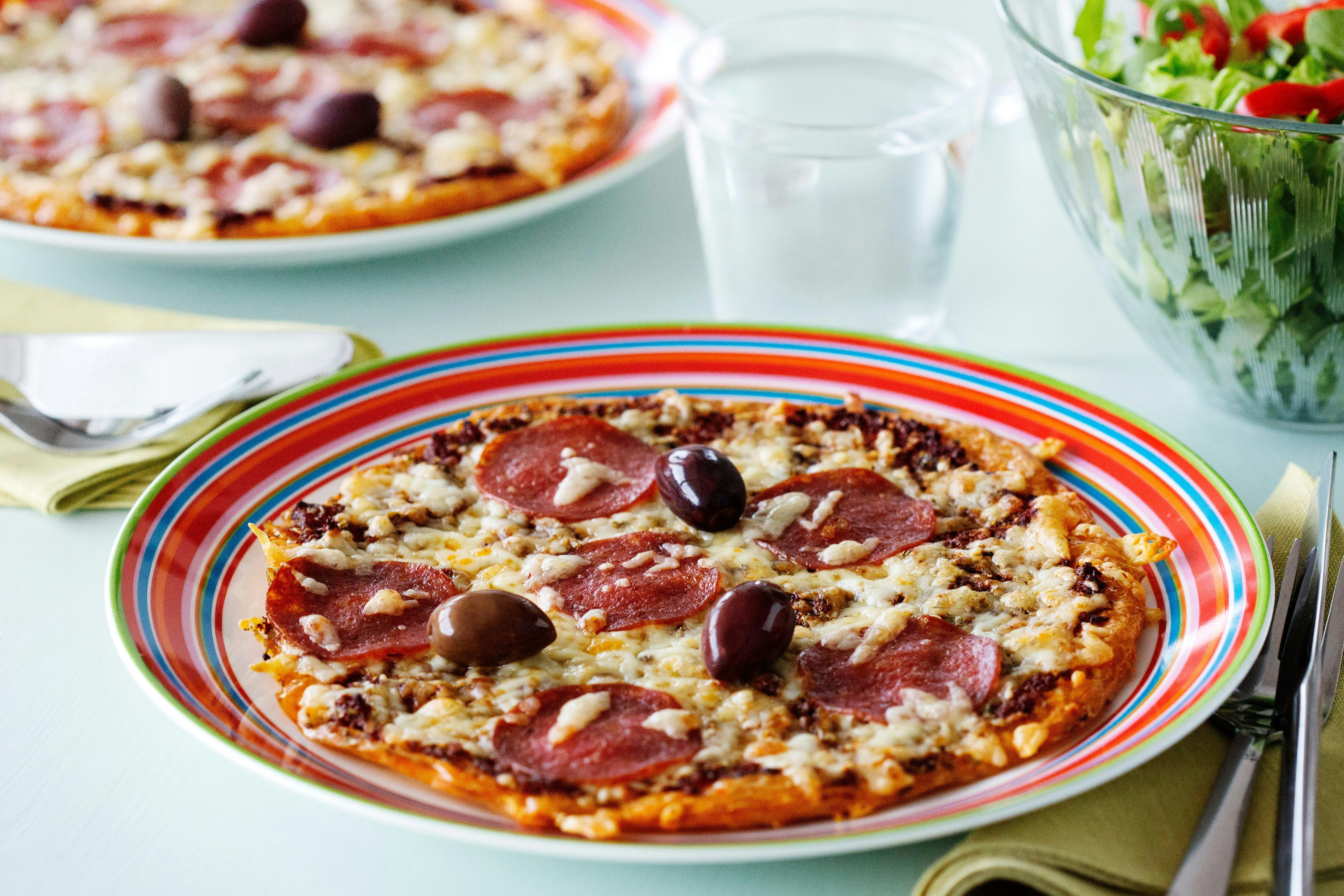
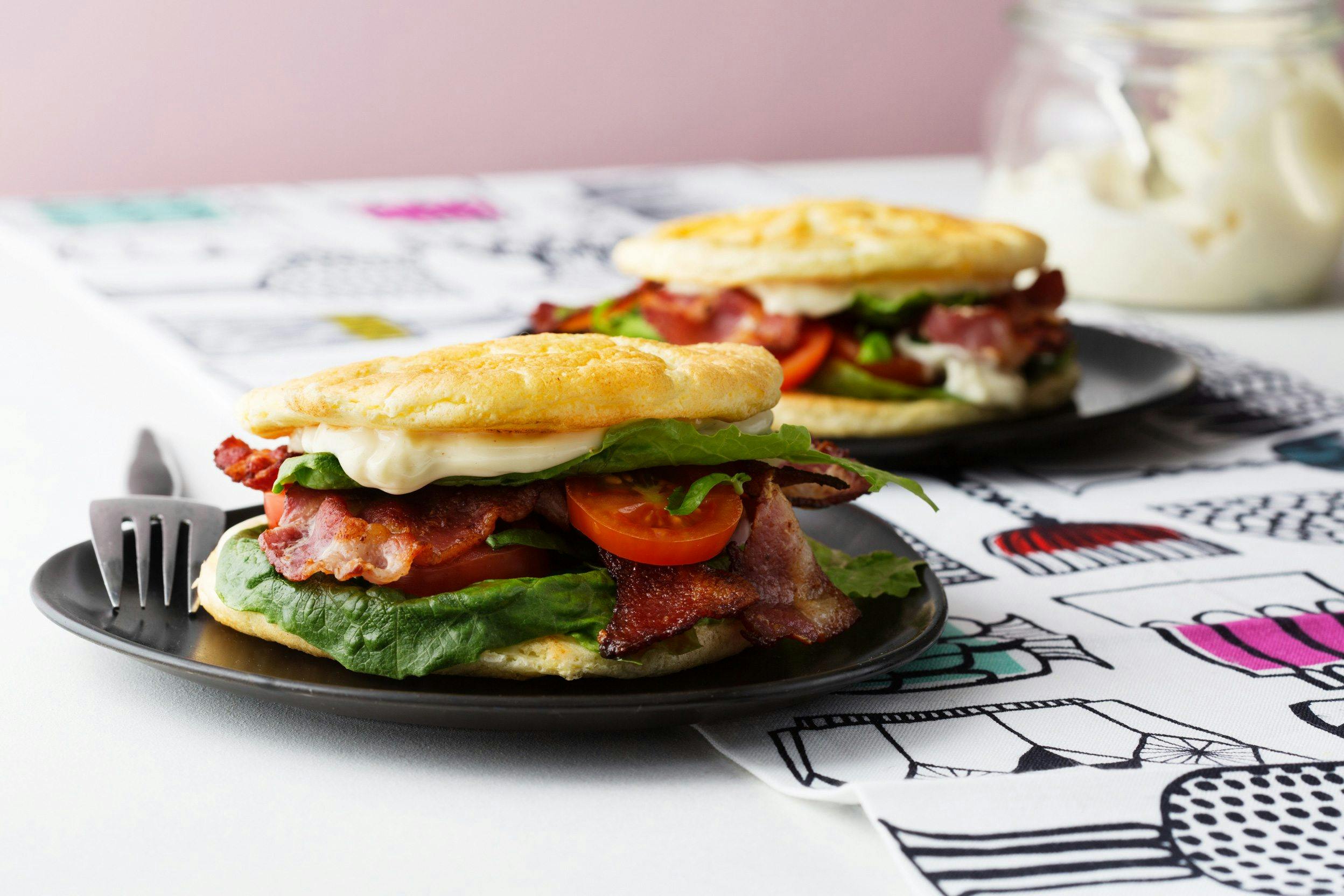
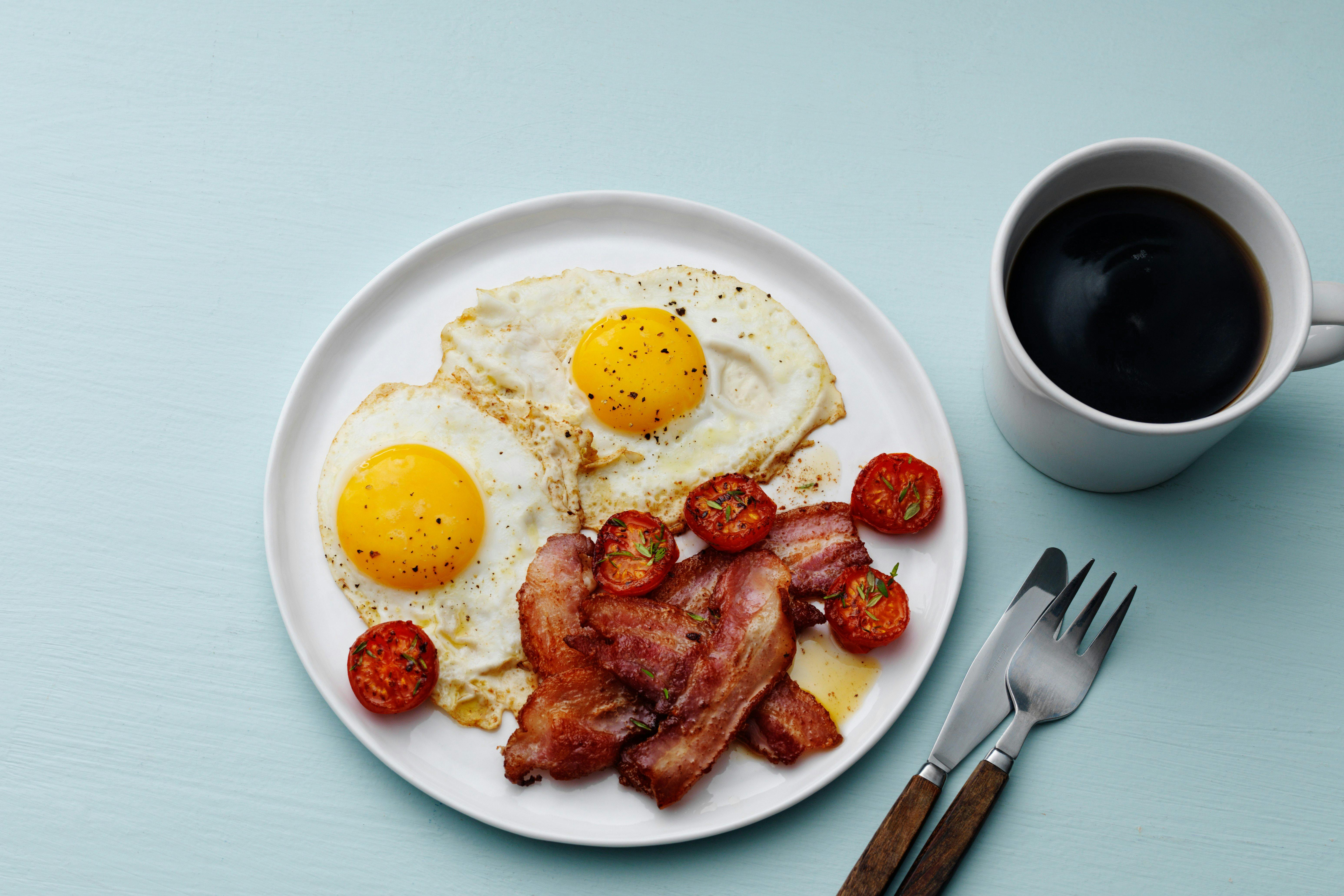

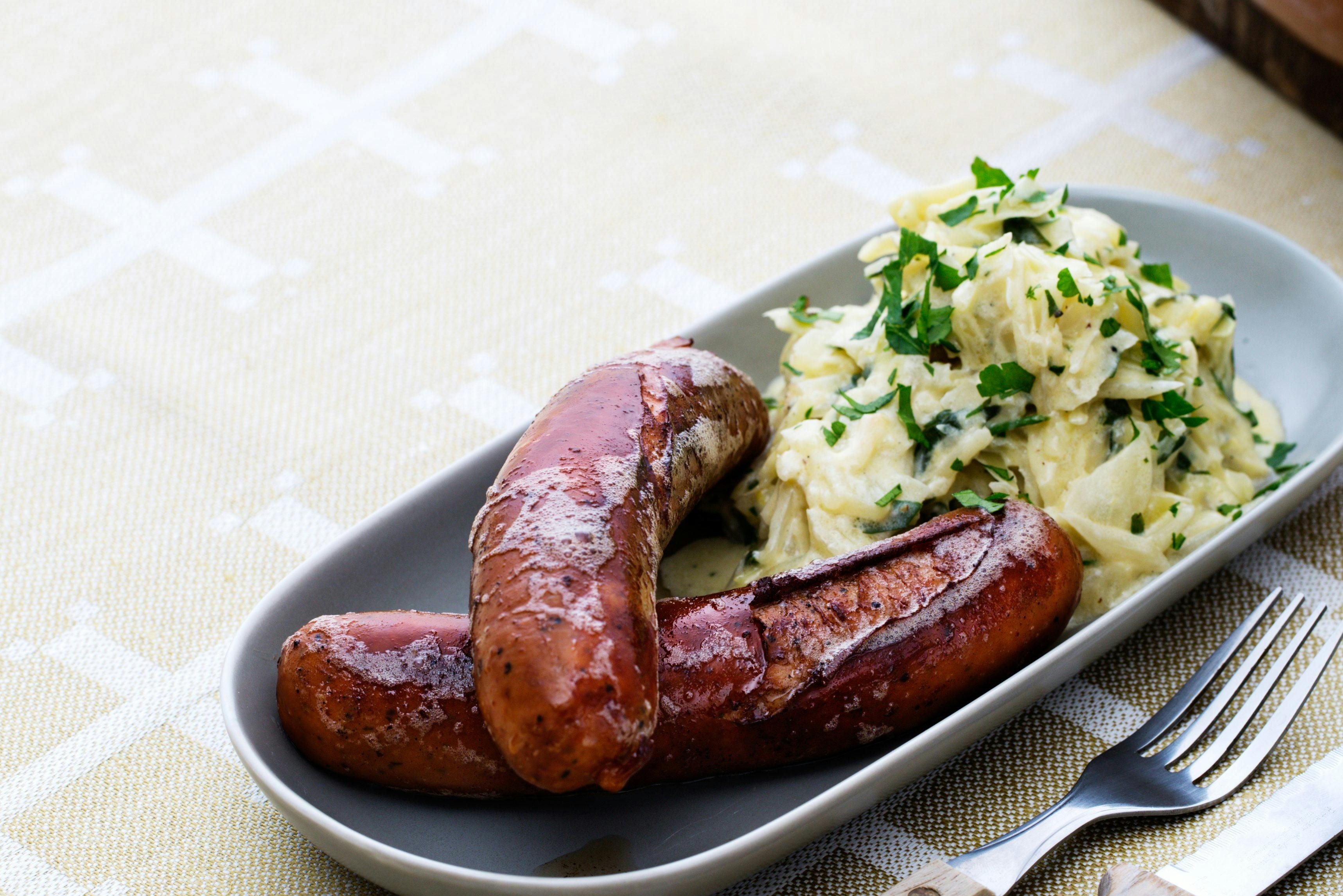
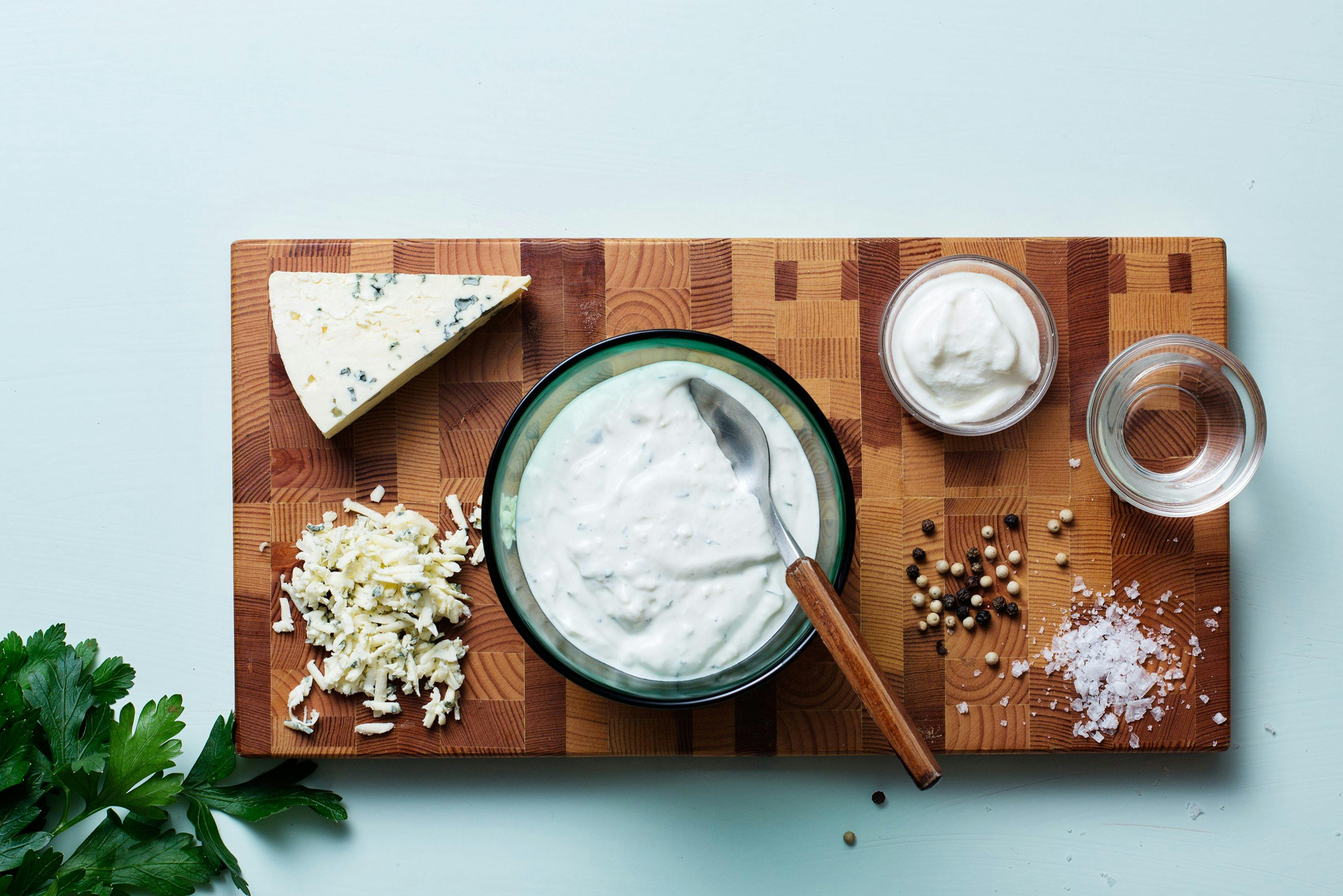



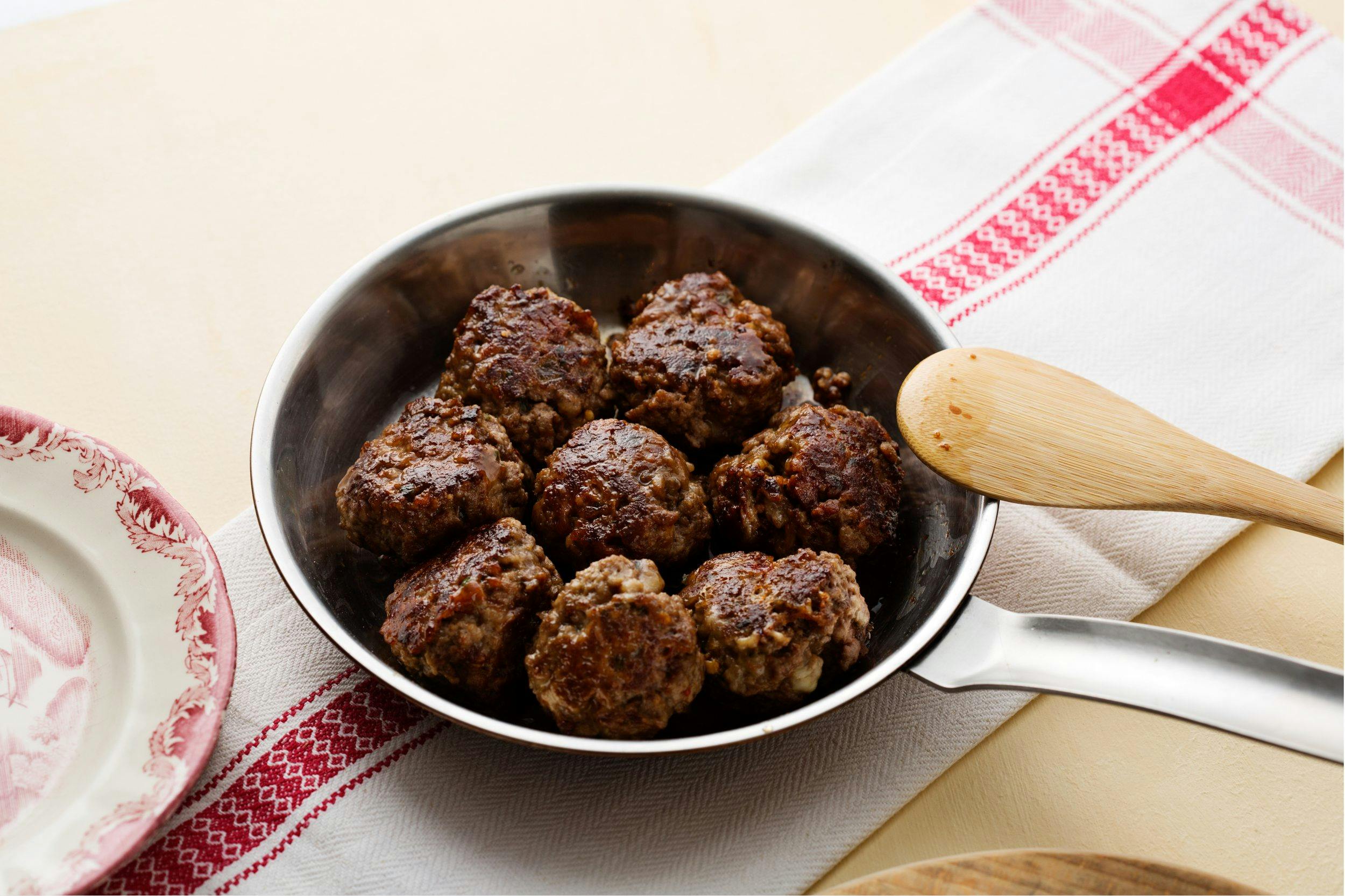

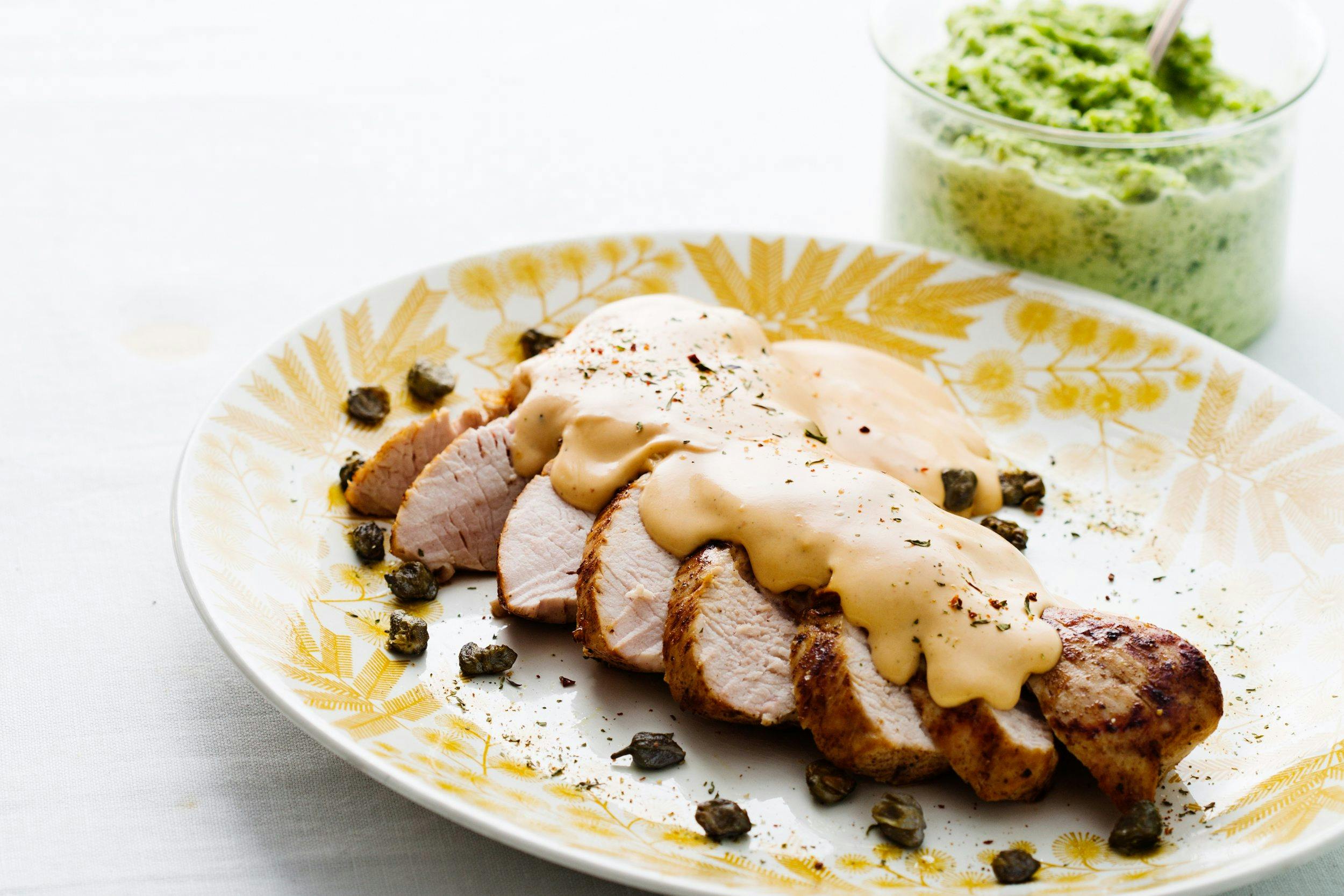
 Meals
Meals Breakfasts
Breakfasts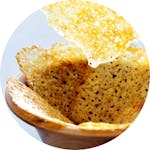 Snacks
Snacks Desserts
Desserts Bread
Bread
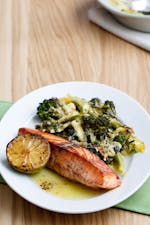





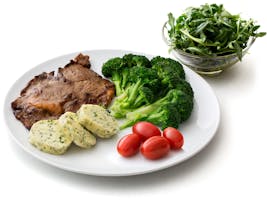 Ketogenic 0-20
Ketogenic 0-20 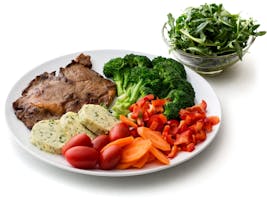 Moderate 20-50
Moderate 20-50 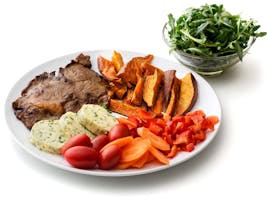 Liberal 50-100
Liberal 50-100 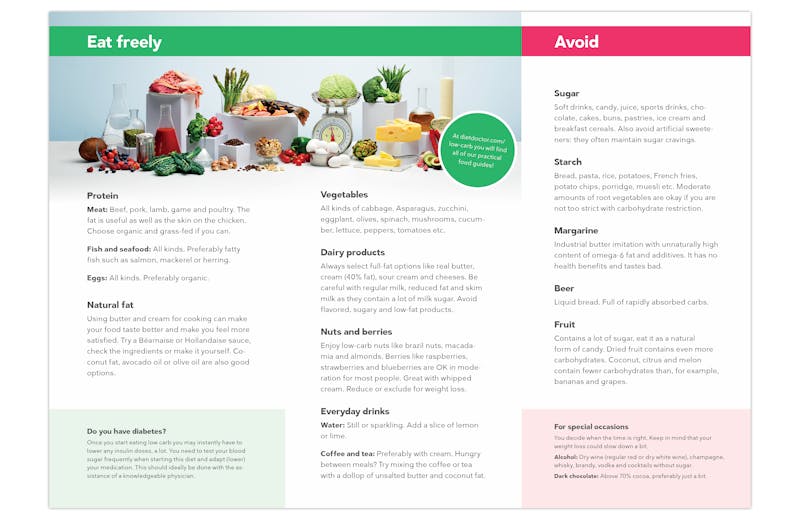

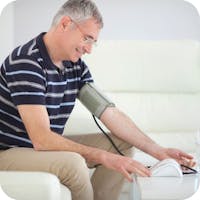 Normalize blood pressure
Normalize blood pressure  Reverse PCOS
Reverse PCOS 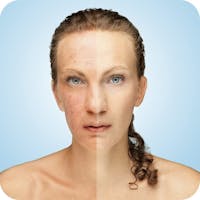 Less acne
Less acne 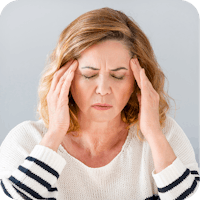 Fewer migraine attacks
Fewer migraine attacks  Less heartburn
Less heartburn  Less sugar cravings
Less sugar cravings  Potential treatment for brain cancer
Potential treatment for brain cancer 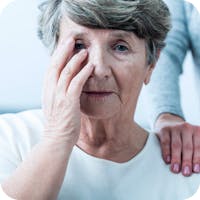 Alzheimer’s
Alzheimer’s 
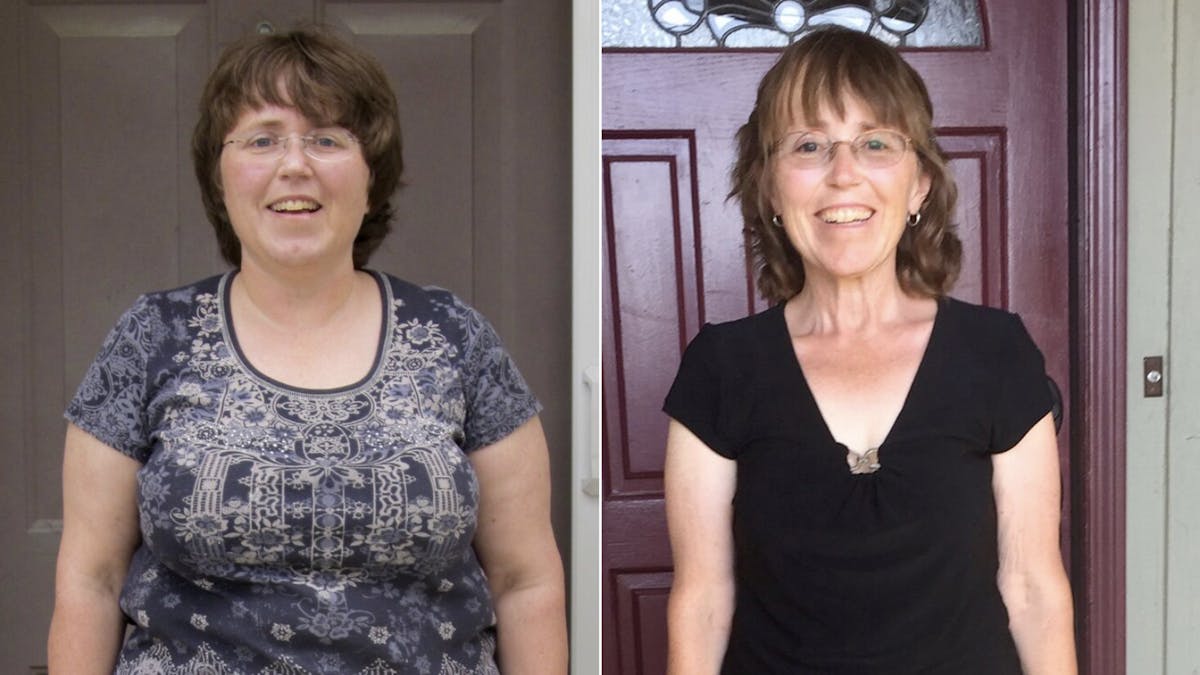


 Women 0-39
Women 0-39  Women 40+
Women 40+  Men 0-39
Men 0-39  Men 40+
Men 40+ 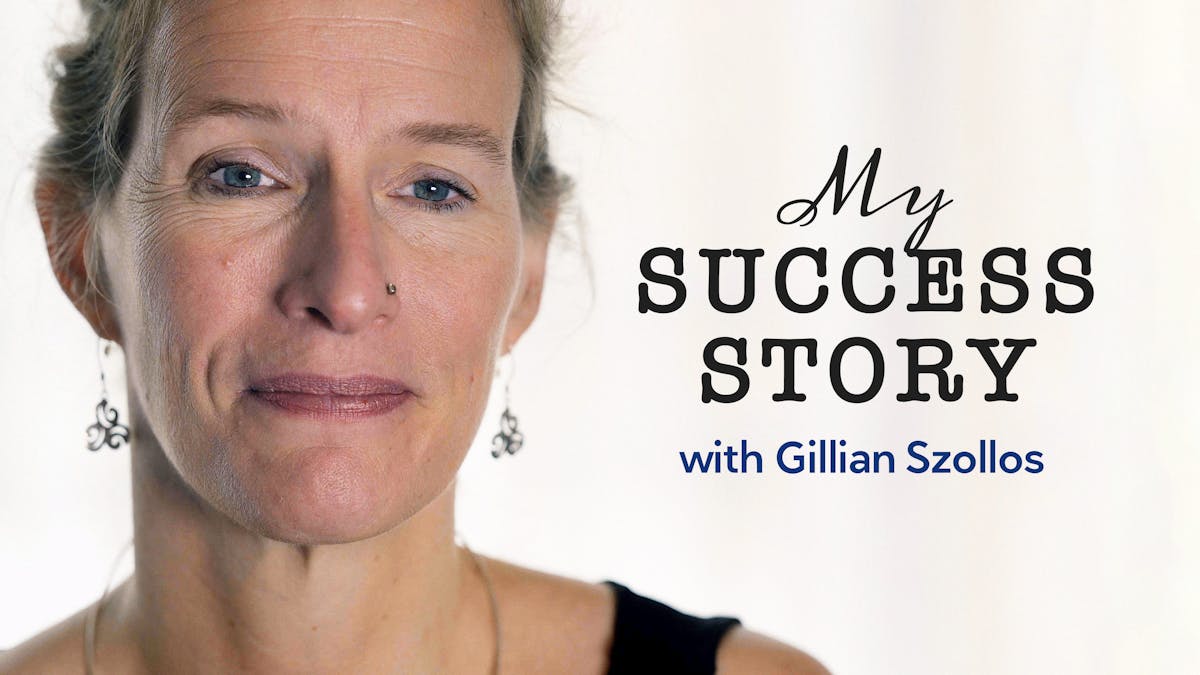
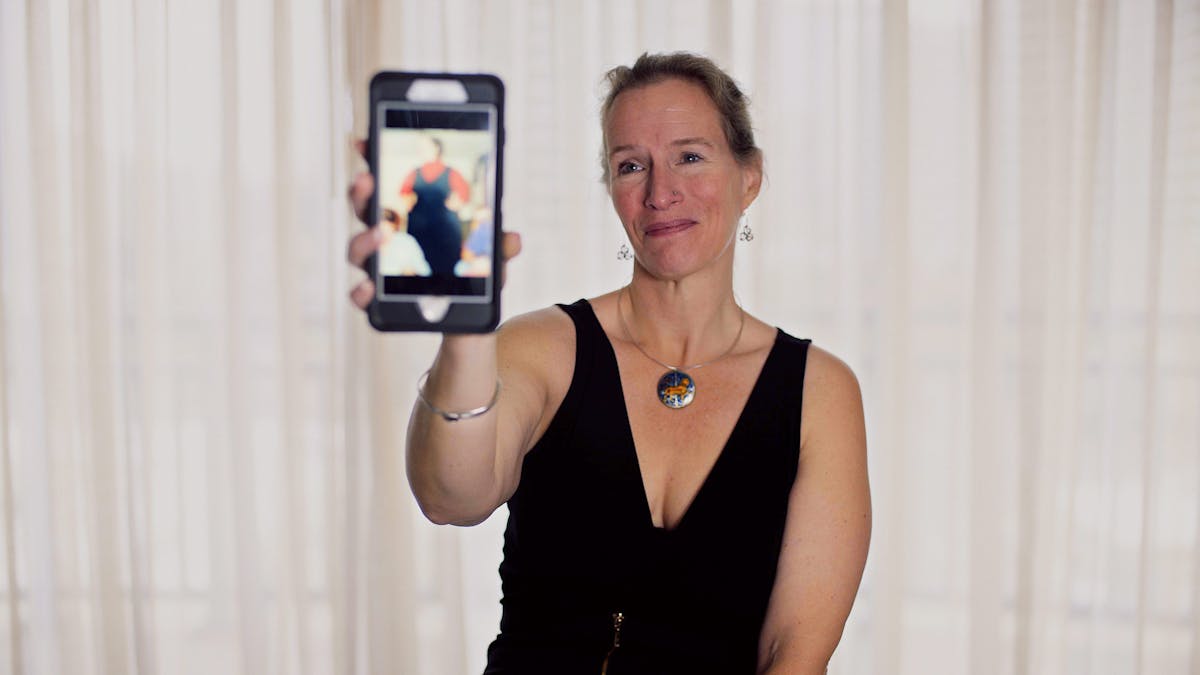
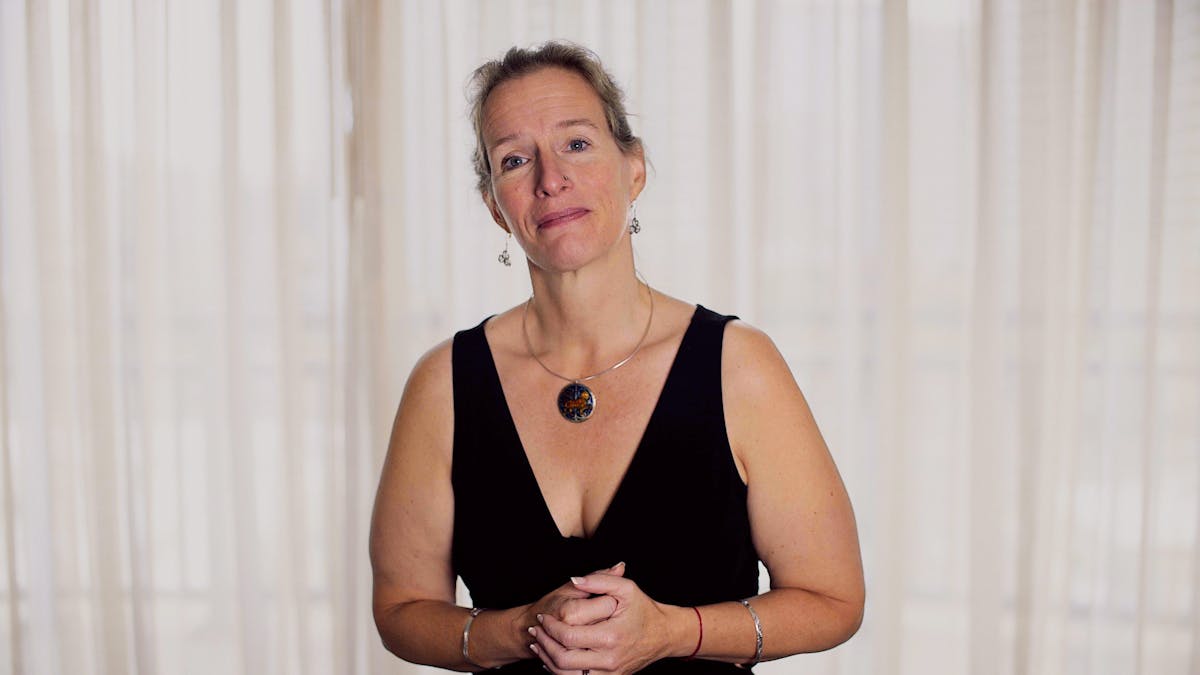

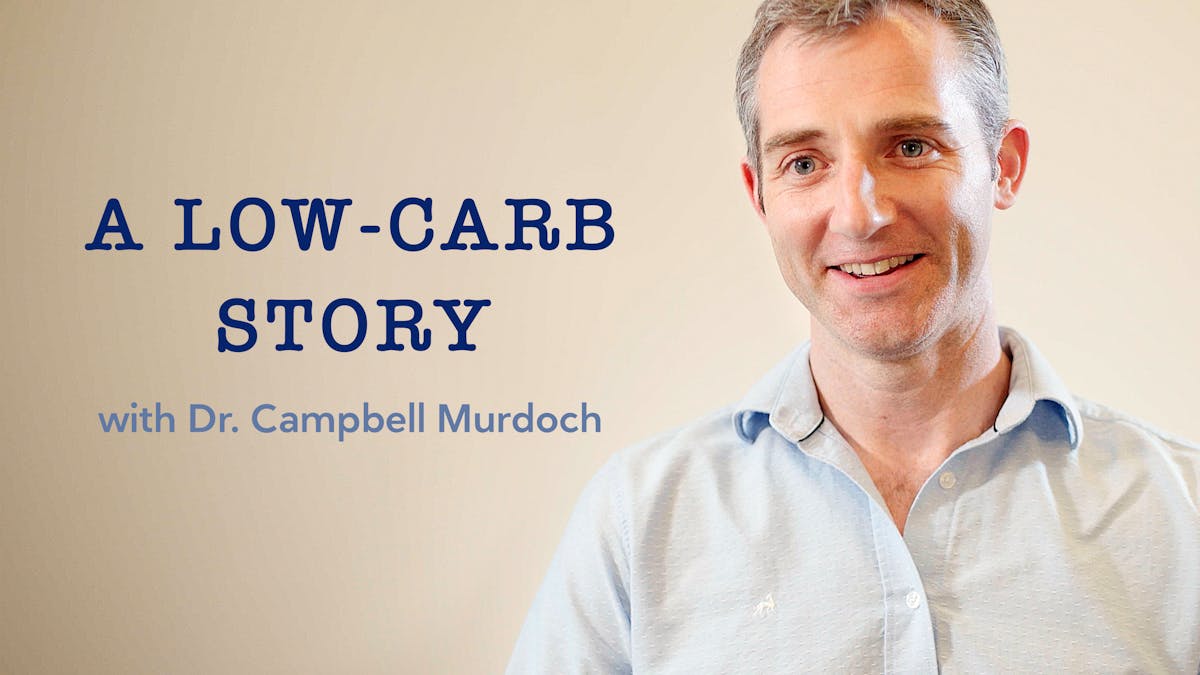
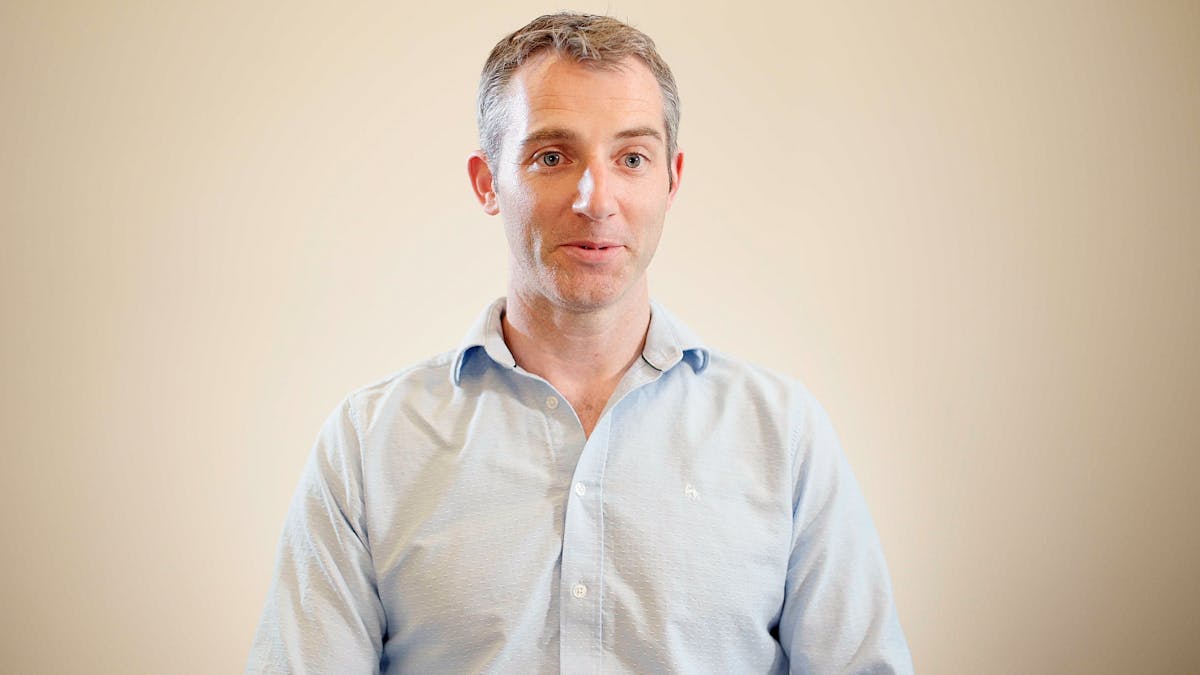
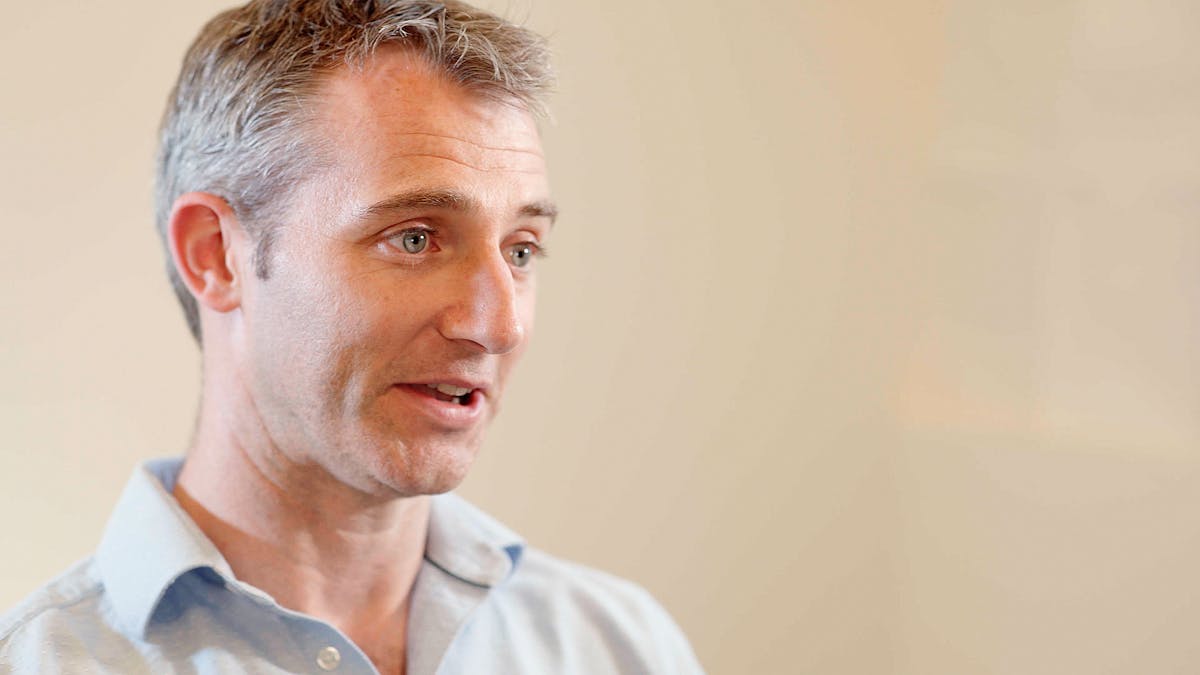
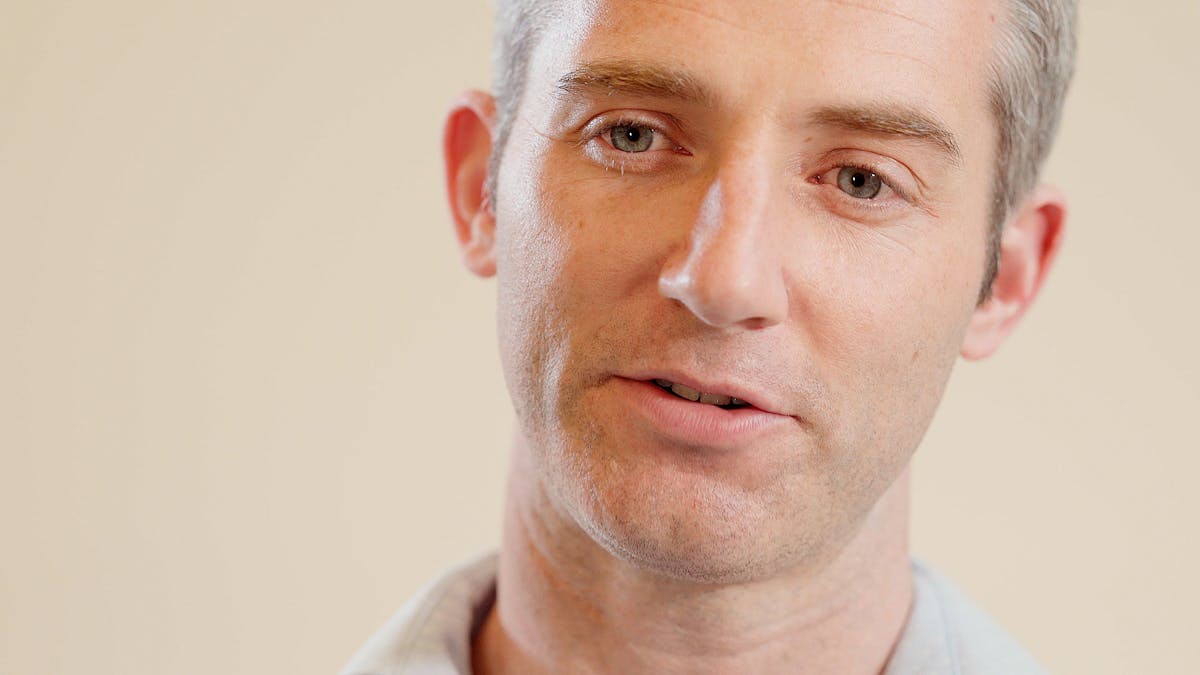
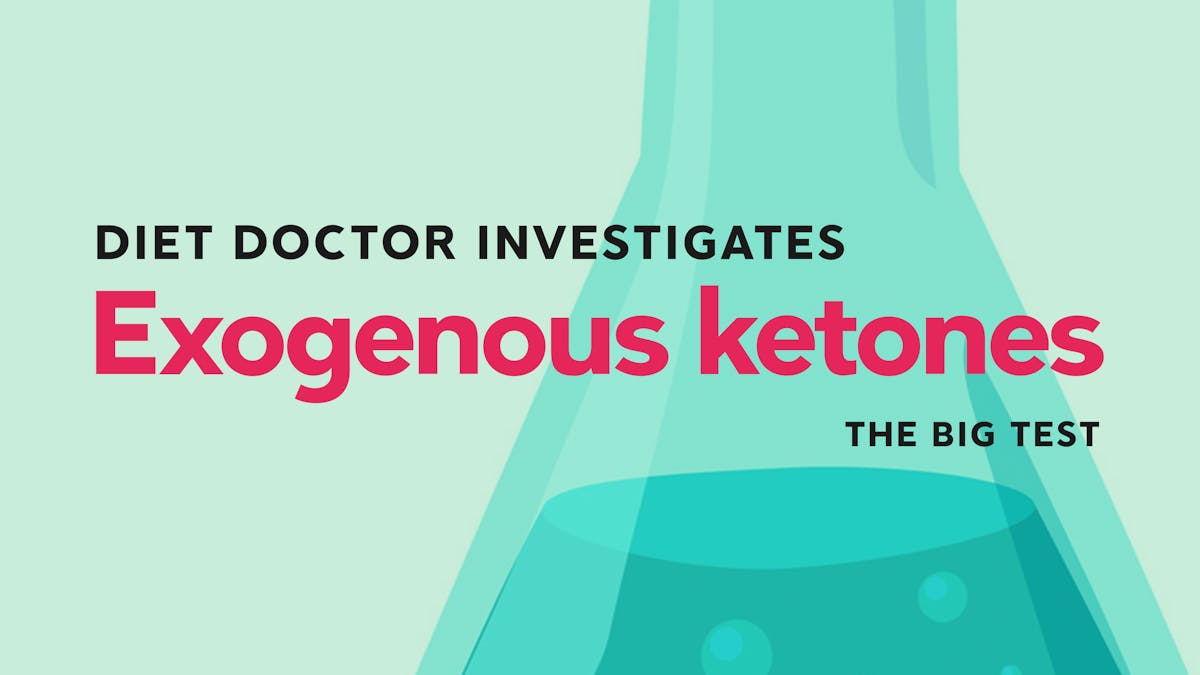

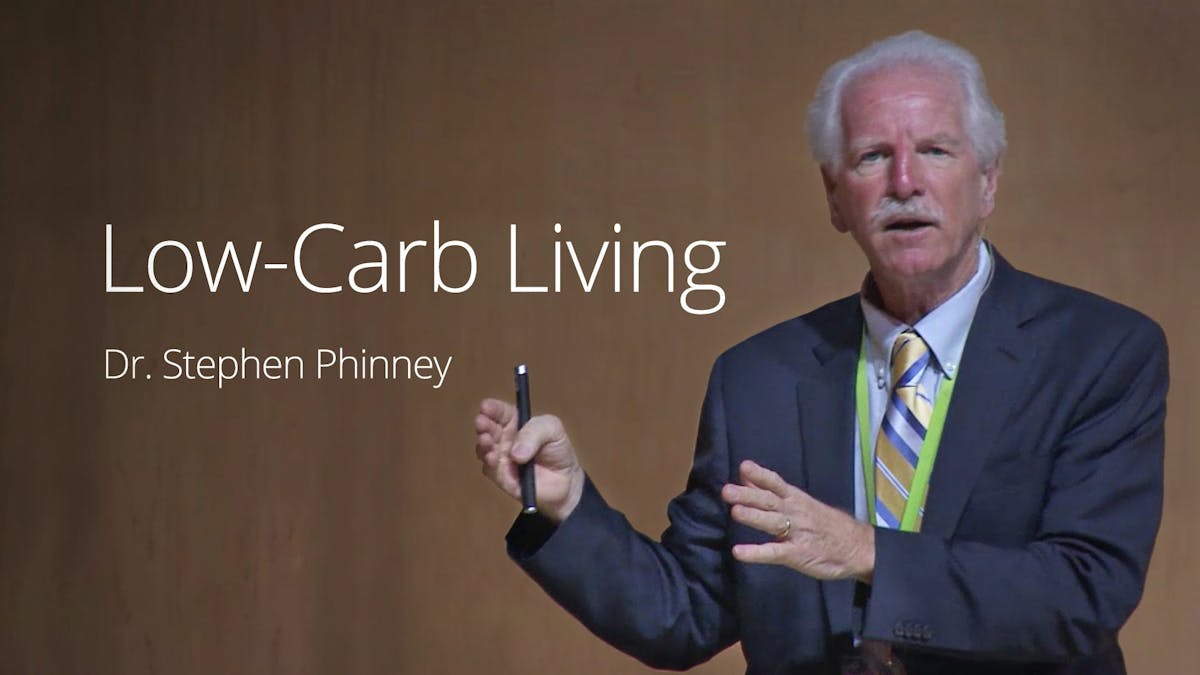

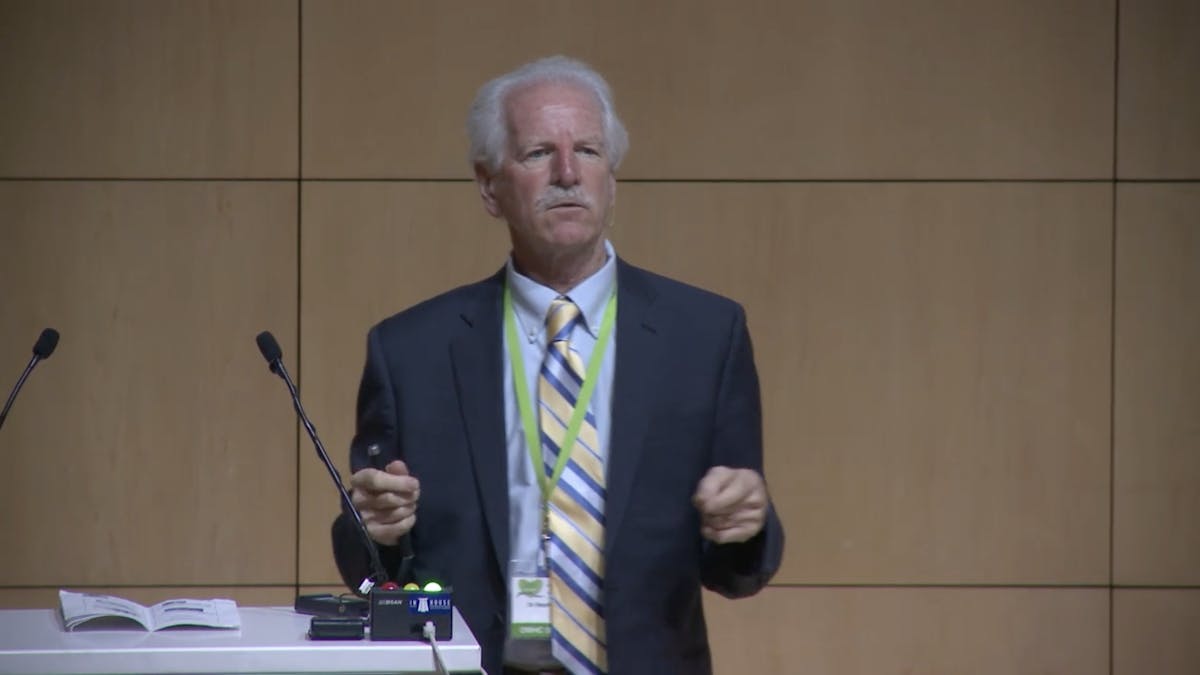
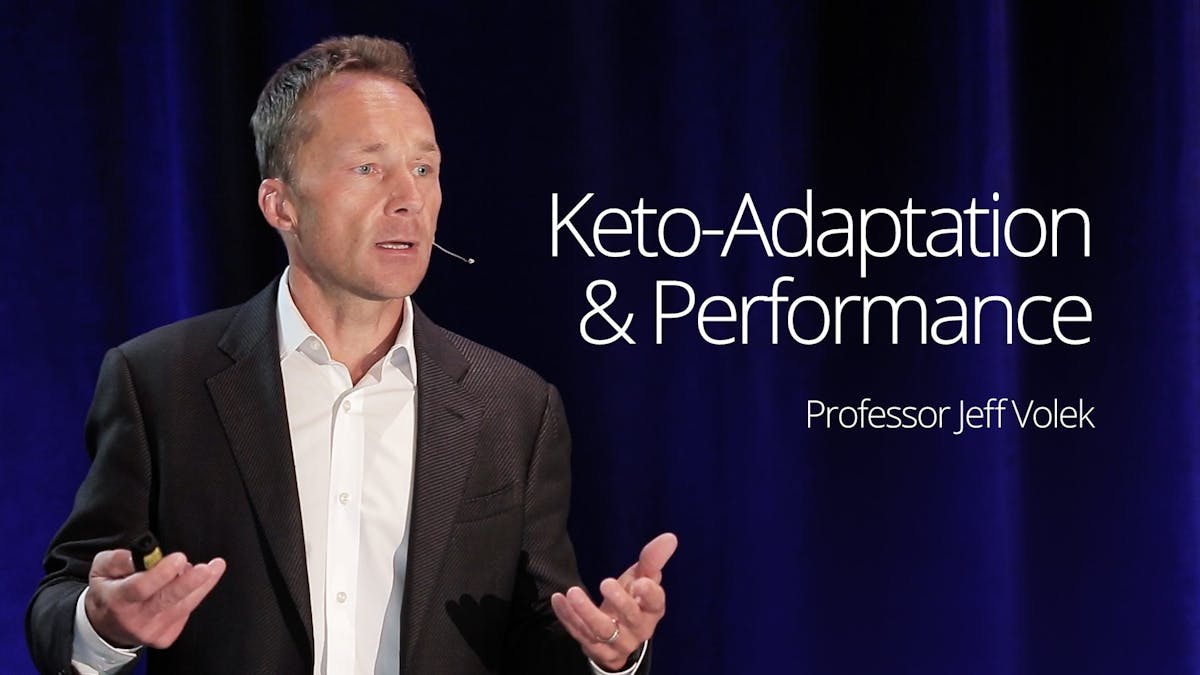
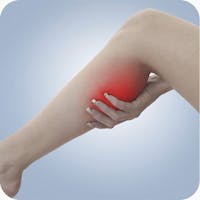 Leg cramps
Leg cramps 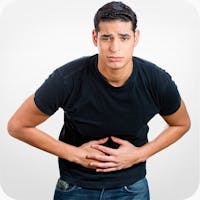 Constipation
Constipation 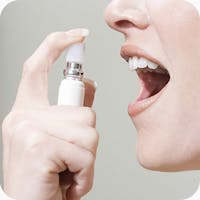 Keto diet breath
Keto diet breath  Heart palpitations
Heart palpitations  Reduced physical performance
Reduced physical performance  Reduced tolerance to alcohol
Reduced tolerance to alcohol 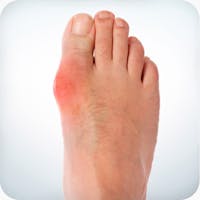 Gout
Gout  Gallstone problems
Gallstone problems 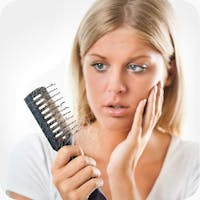 Temporary hair loss
Temporary hair loss  Elevated cholesterol
Elevated cholesterol 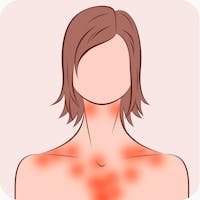 Keto rash
Keto rash  Potential danger when breastfeeding
Potential danger when breastfeeding 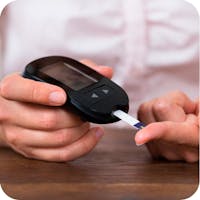 Higher fasting blood glucose
Higher fasting blood glucose 





Keine Kommentare